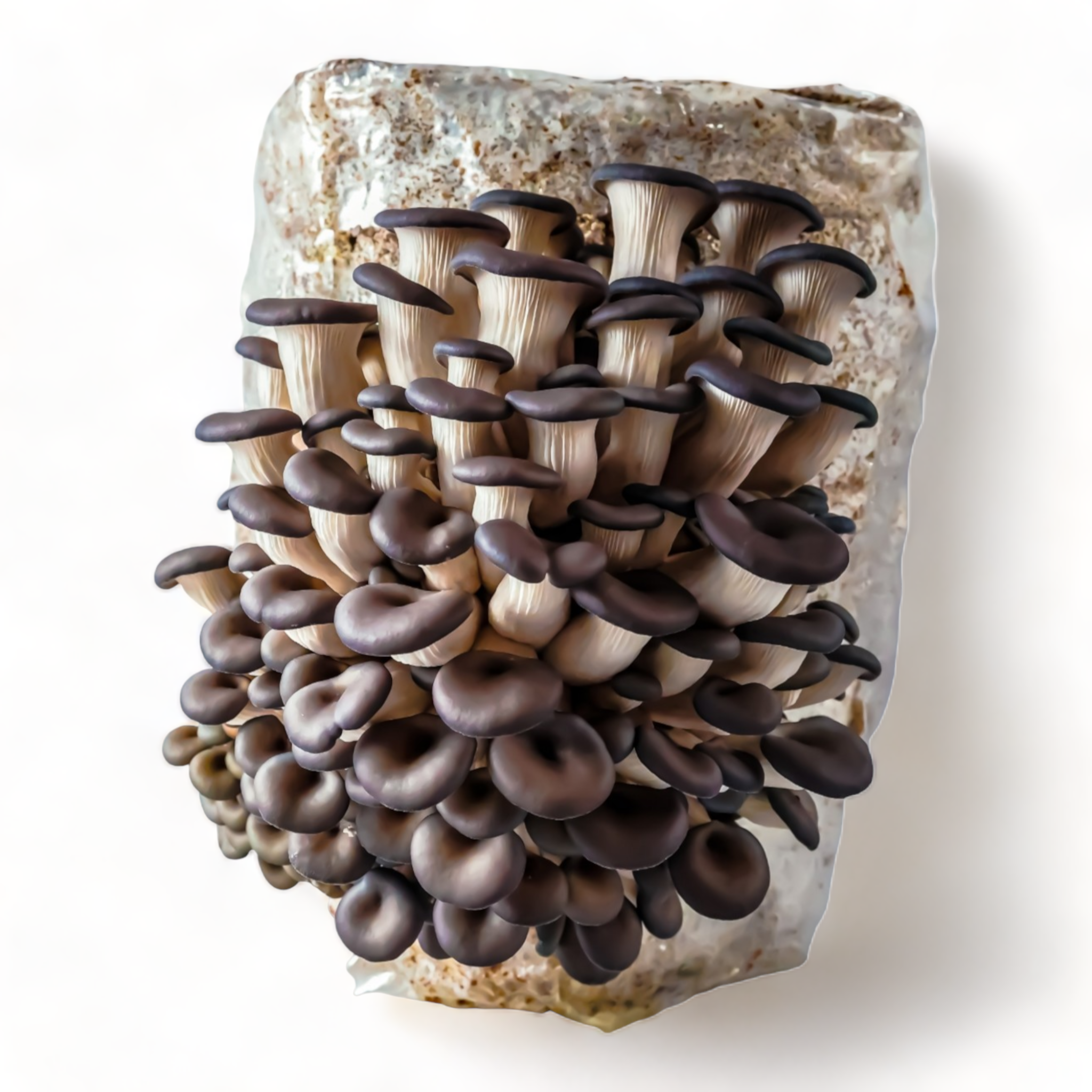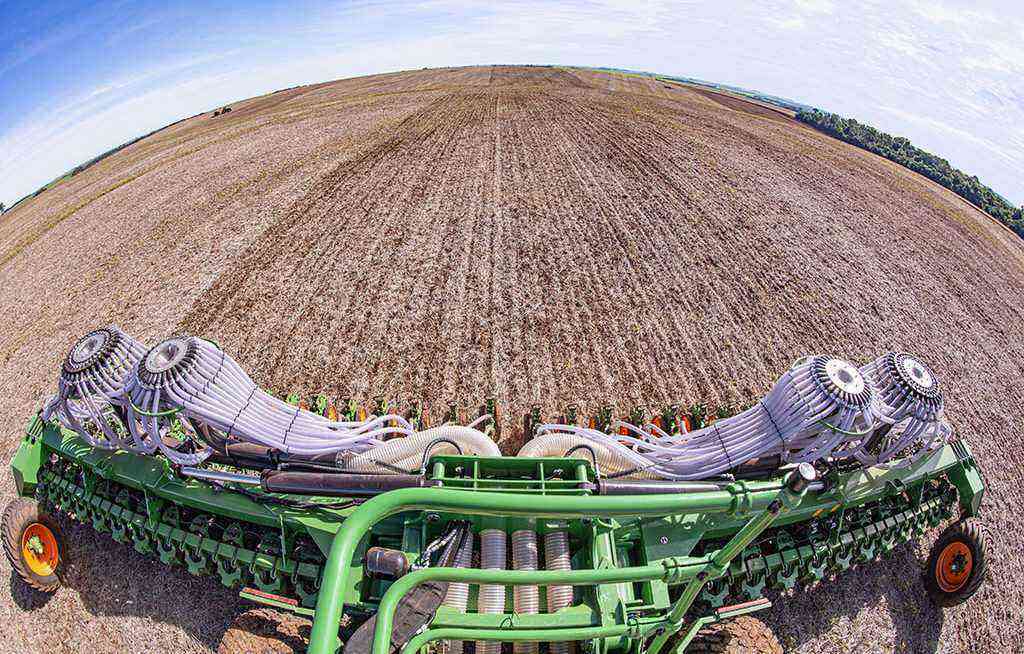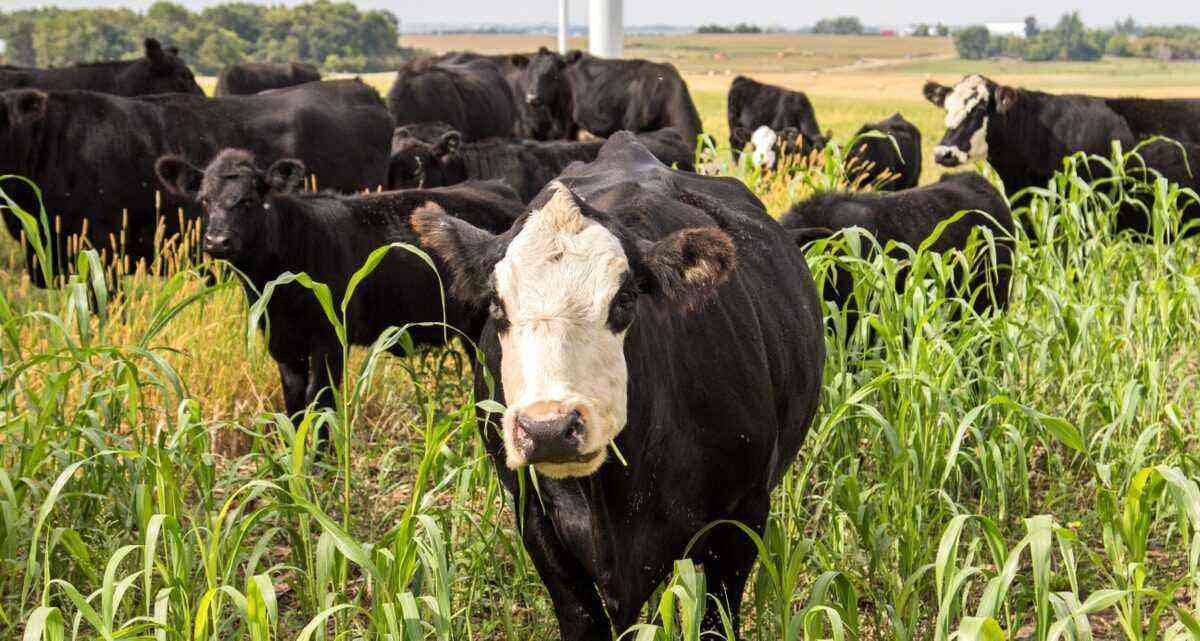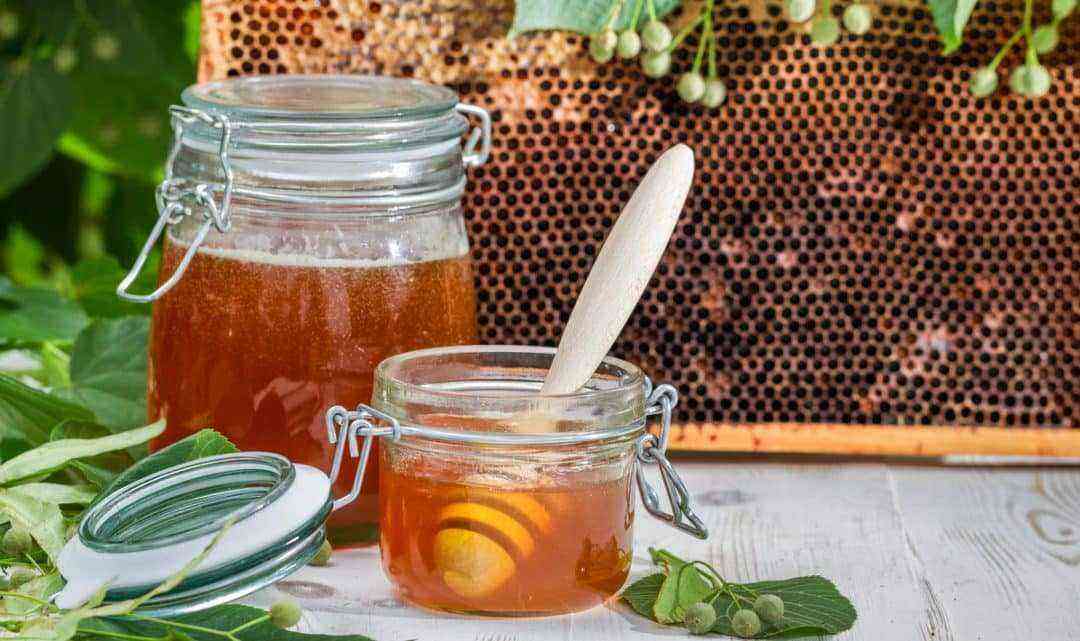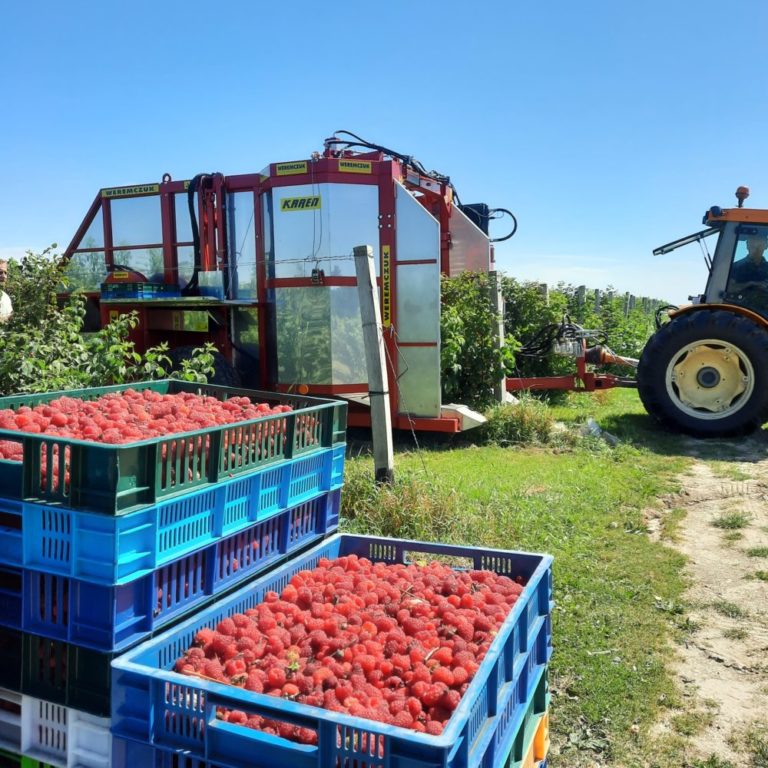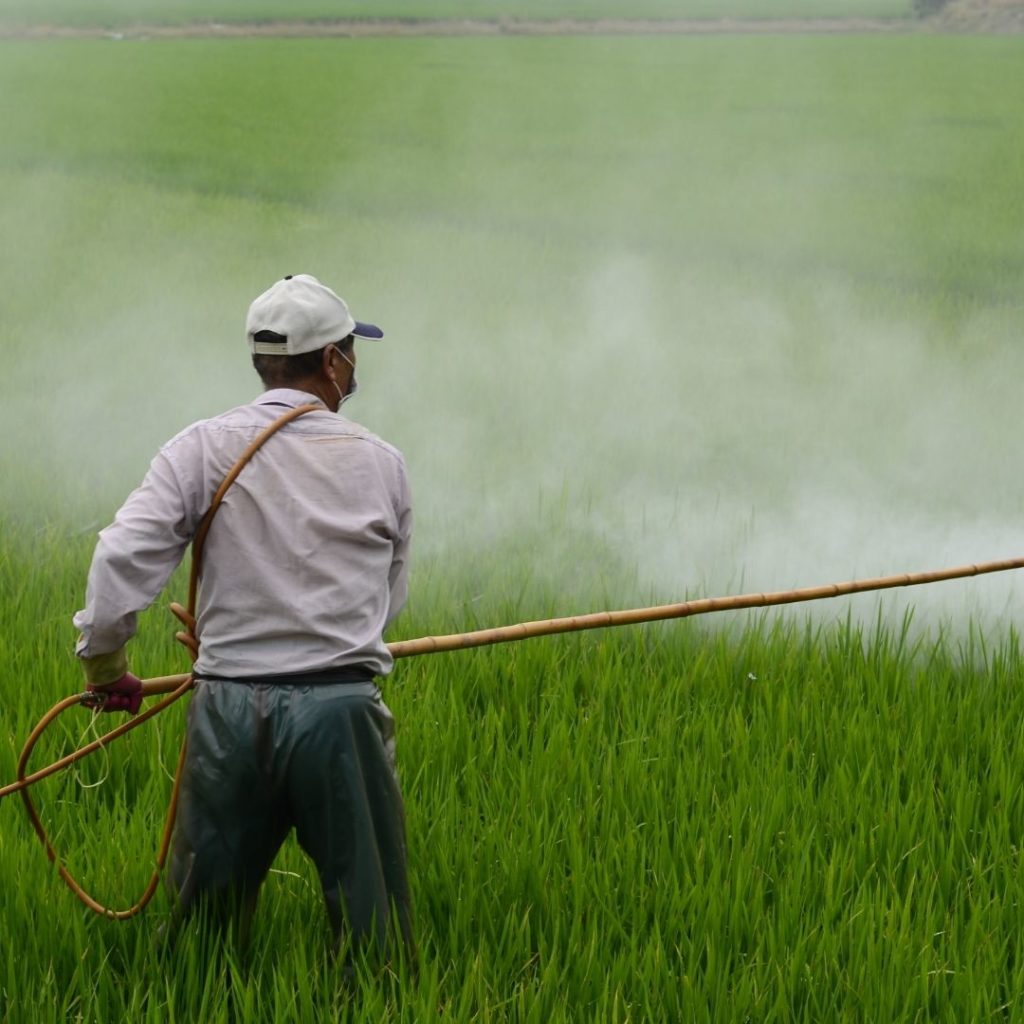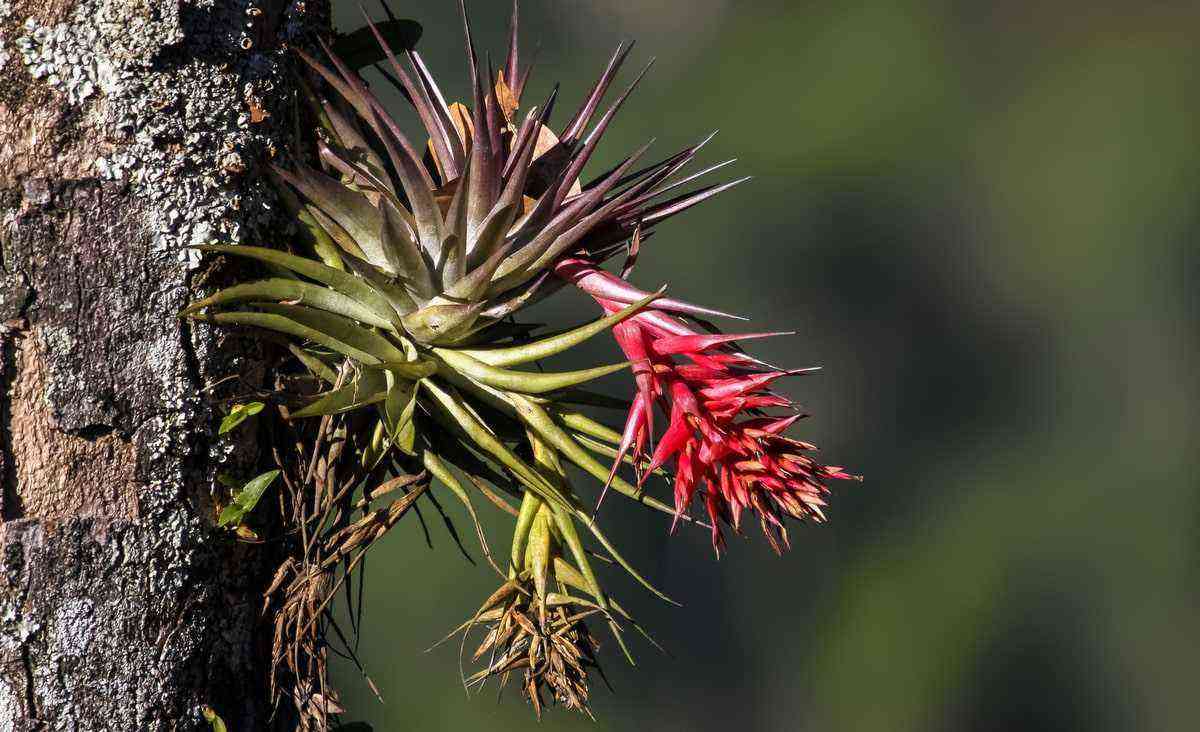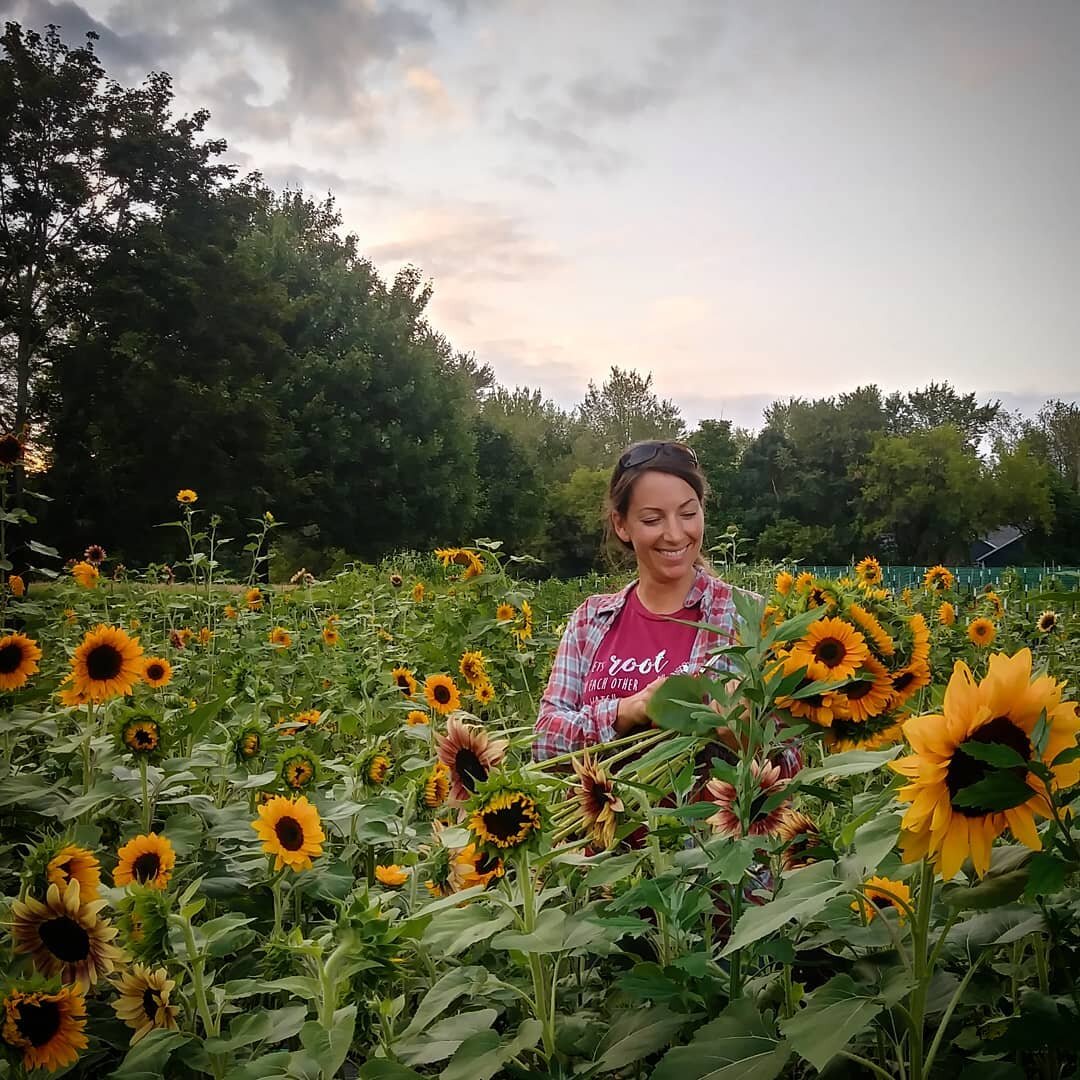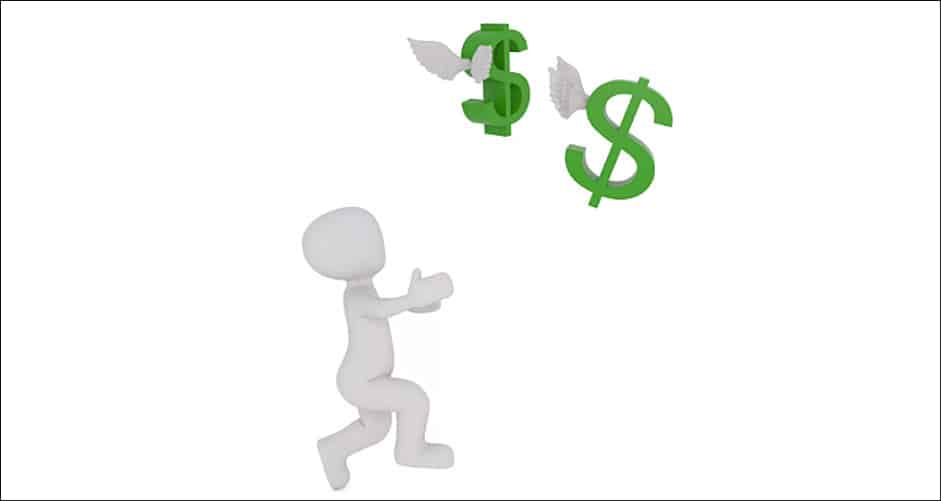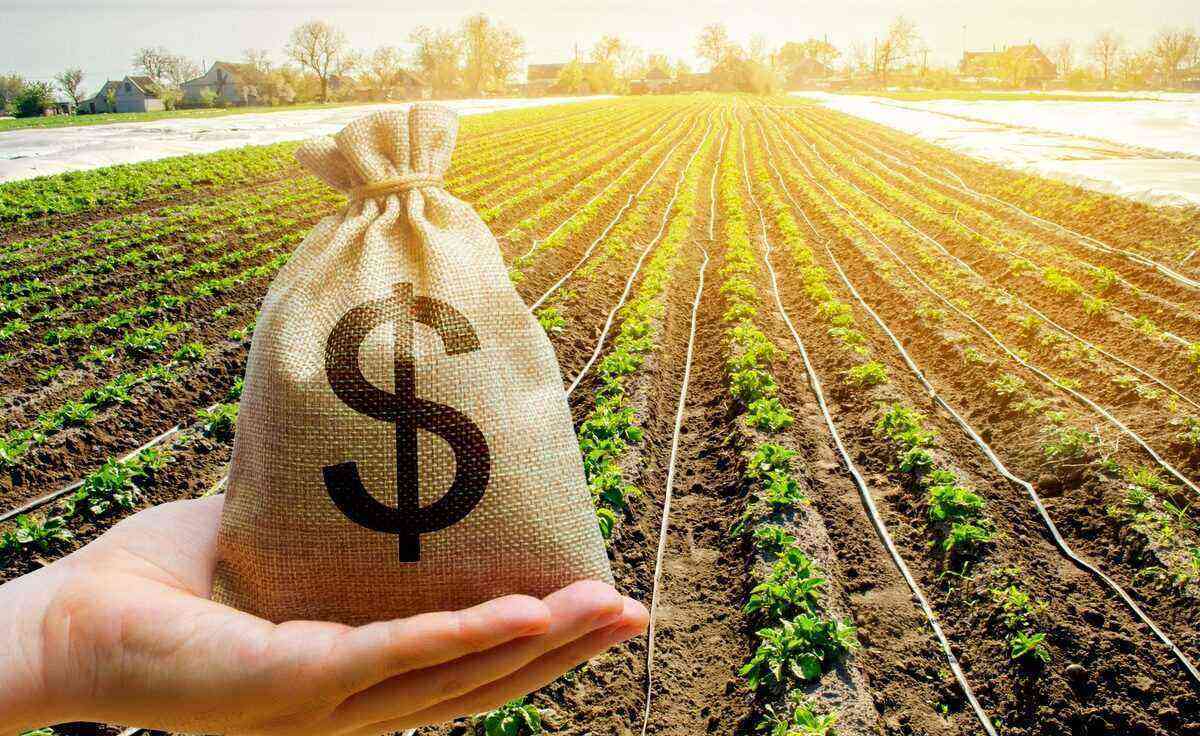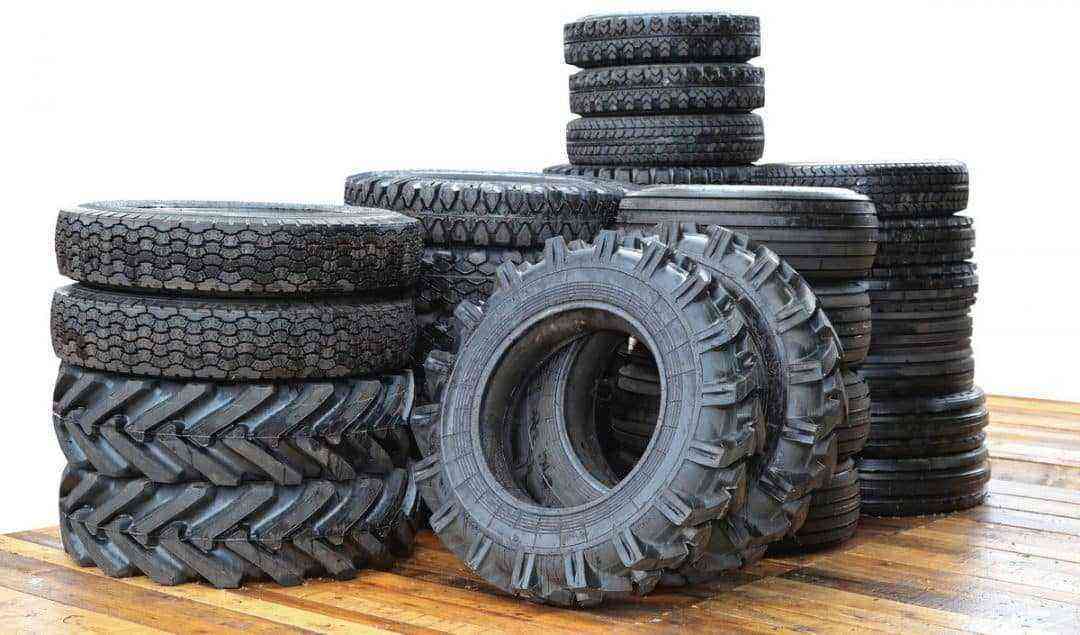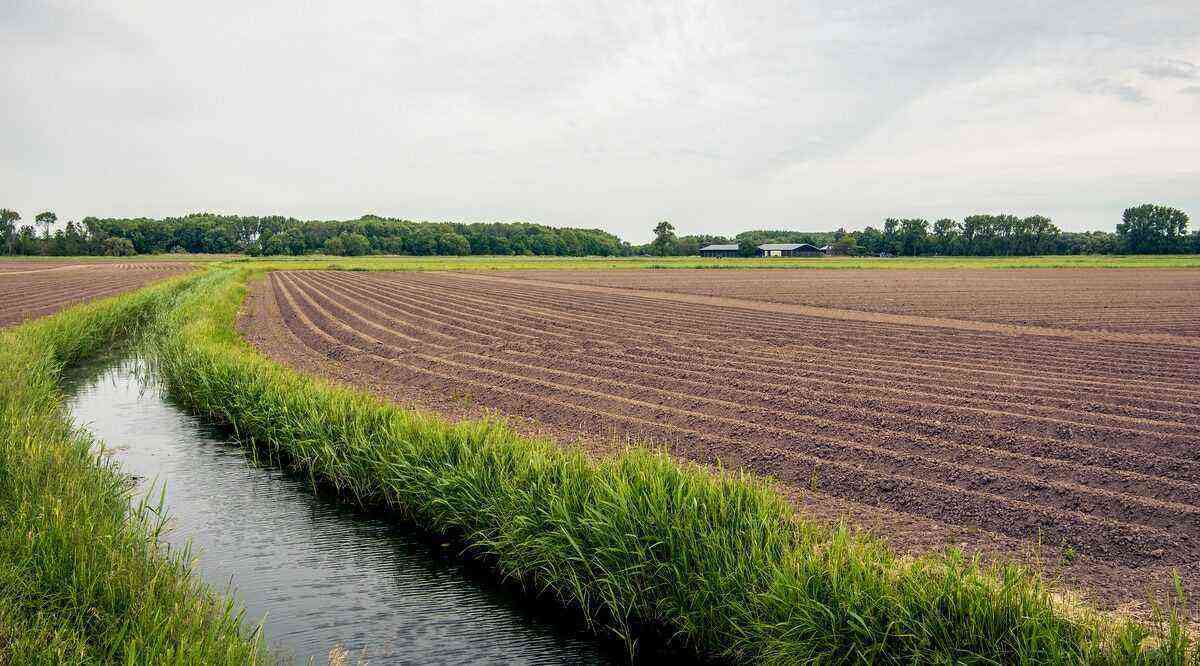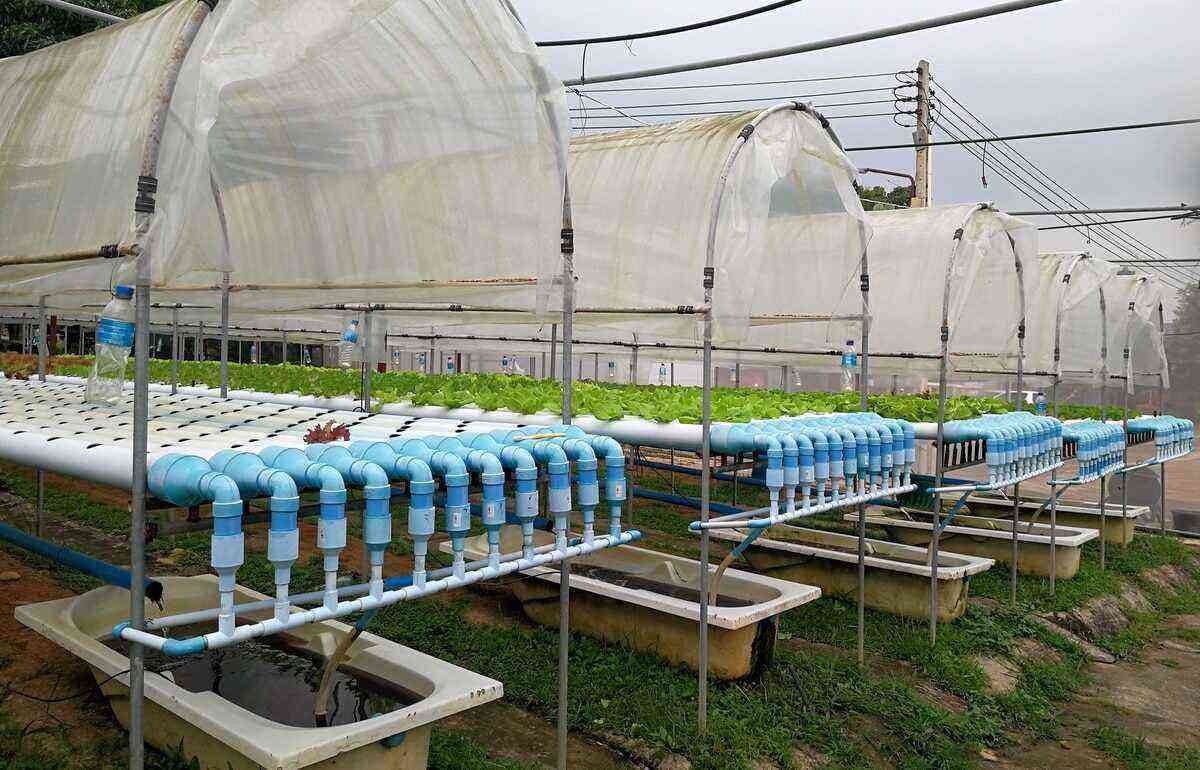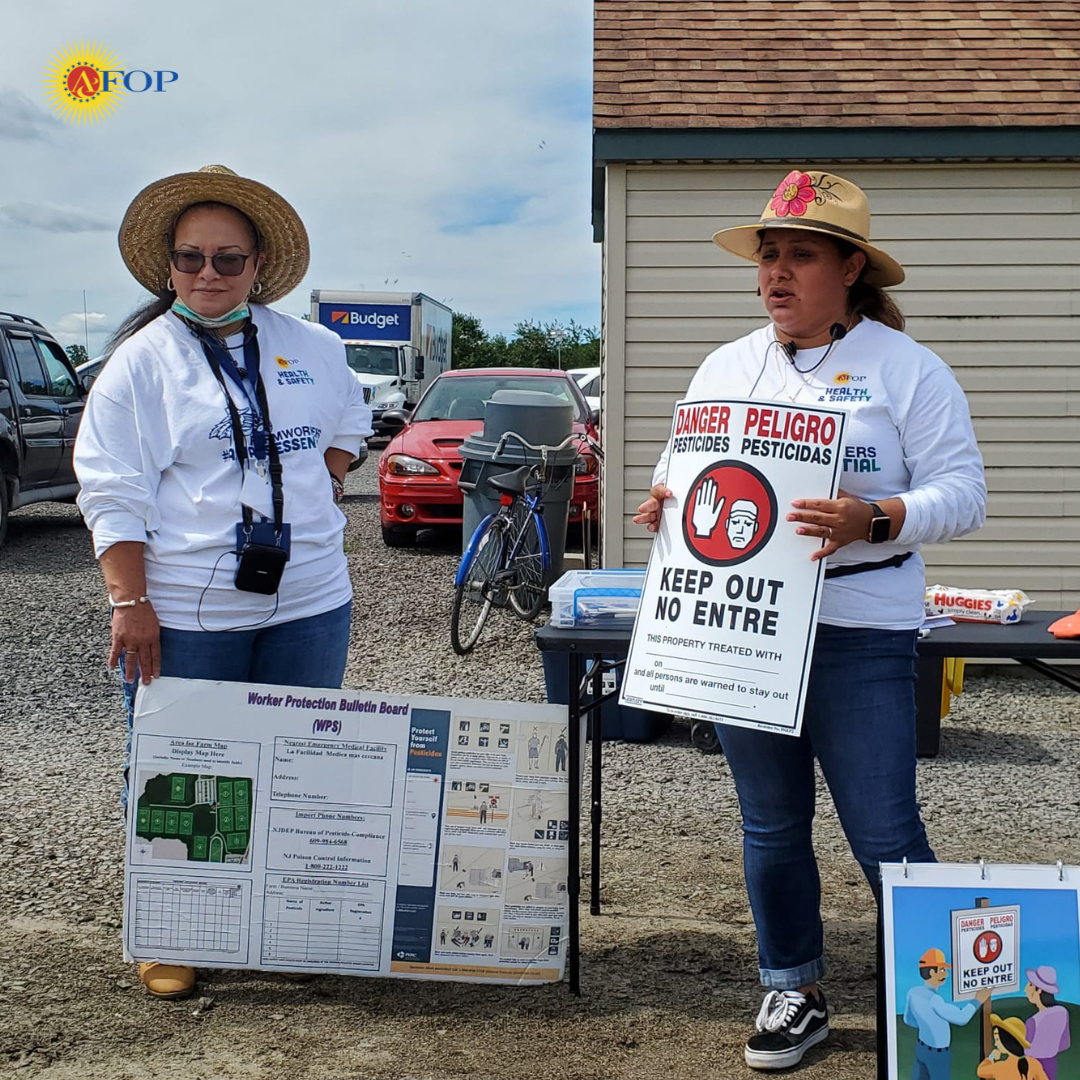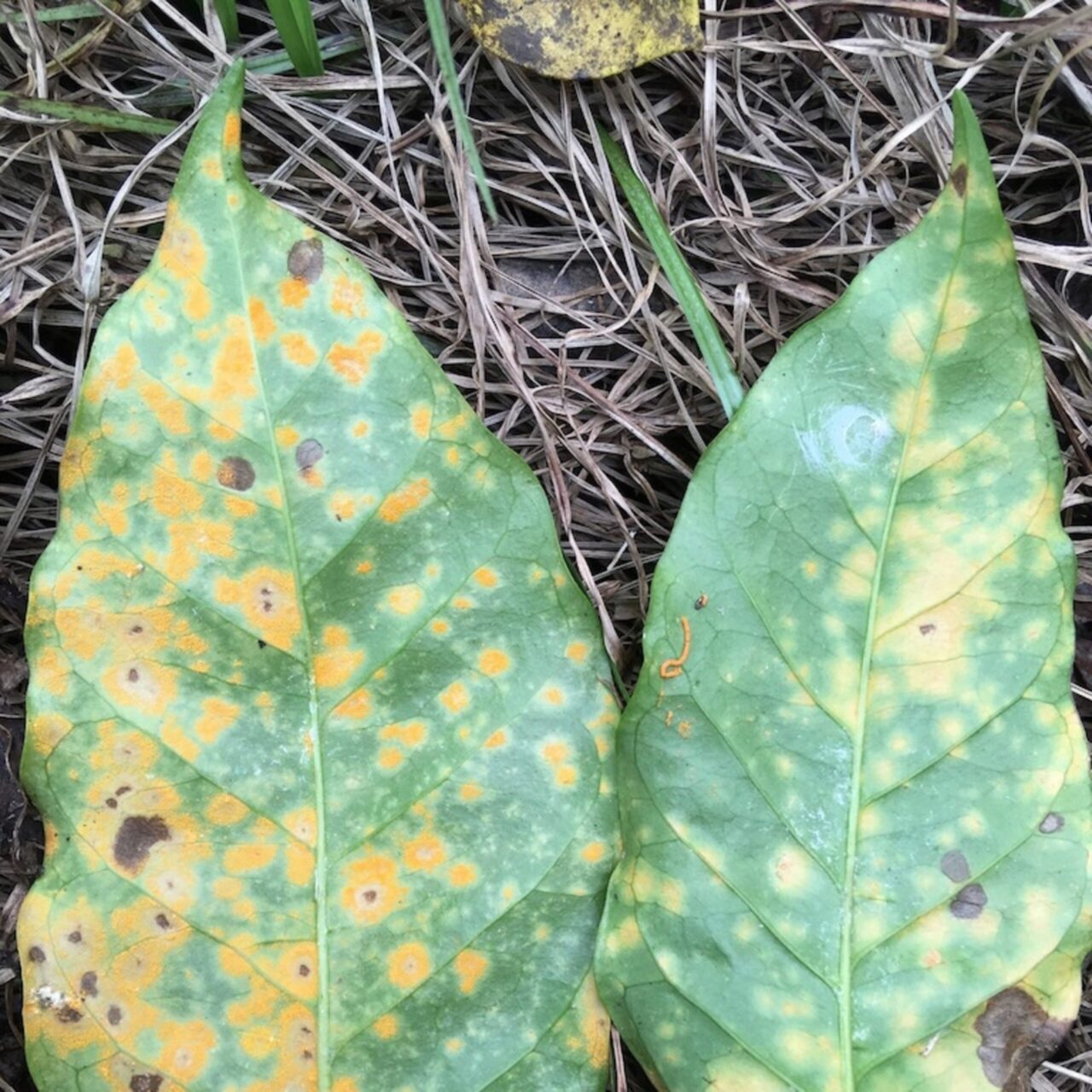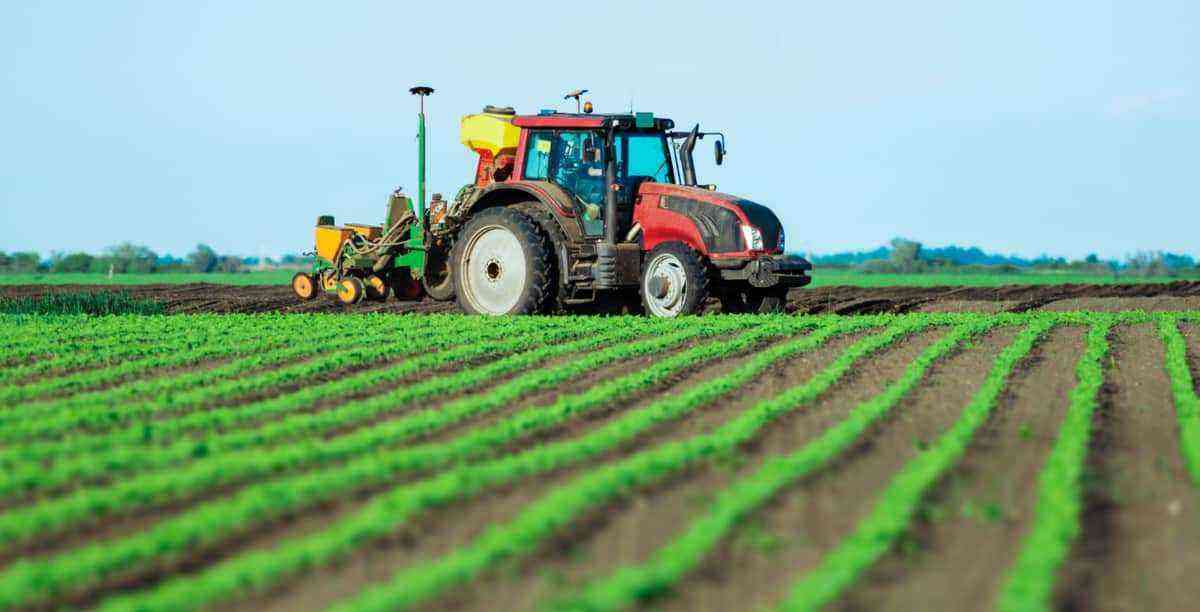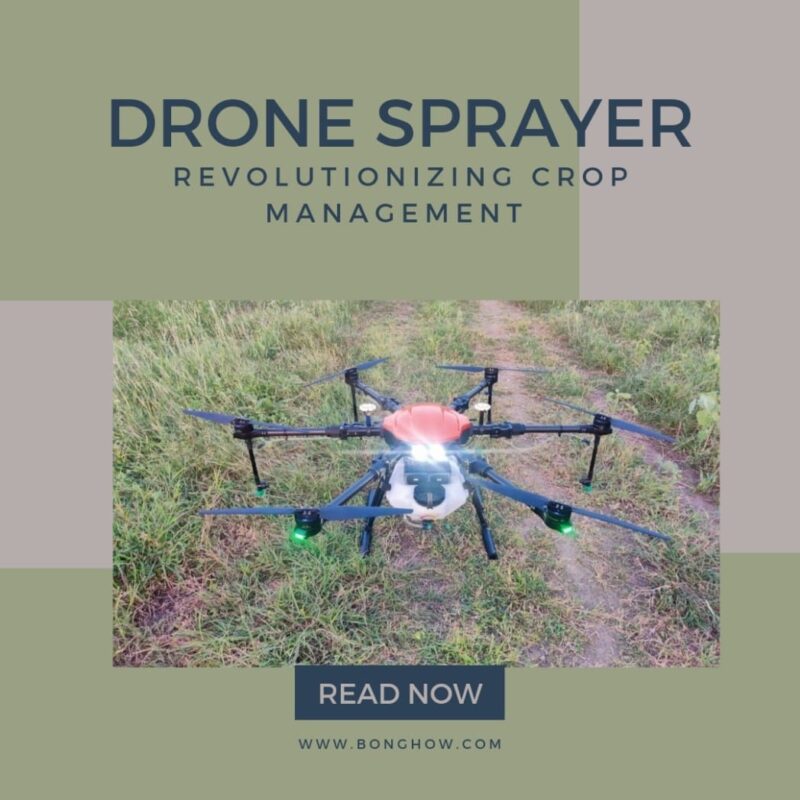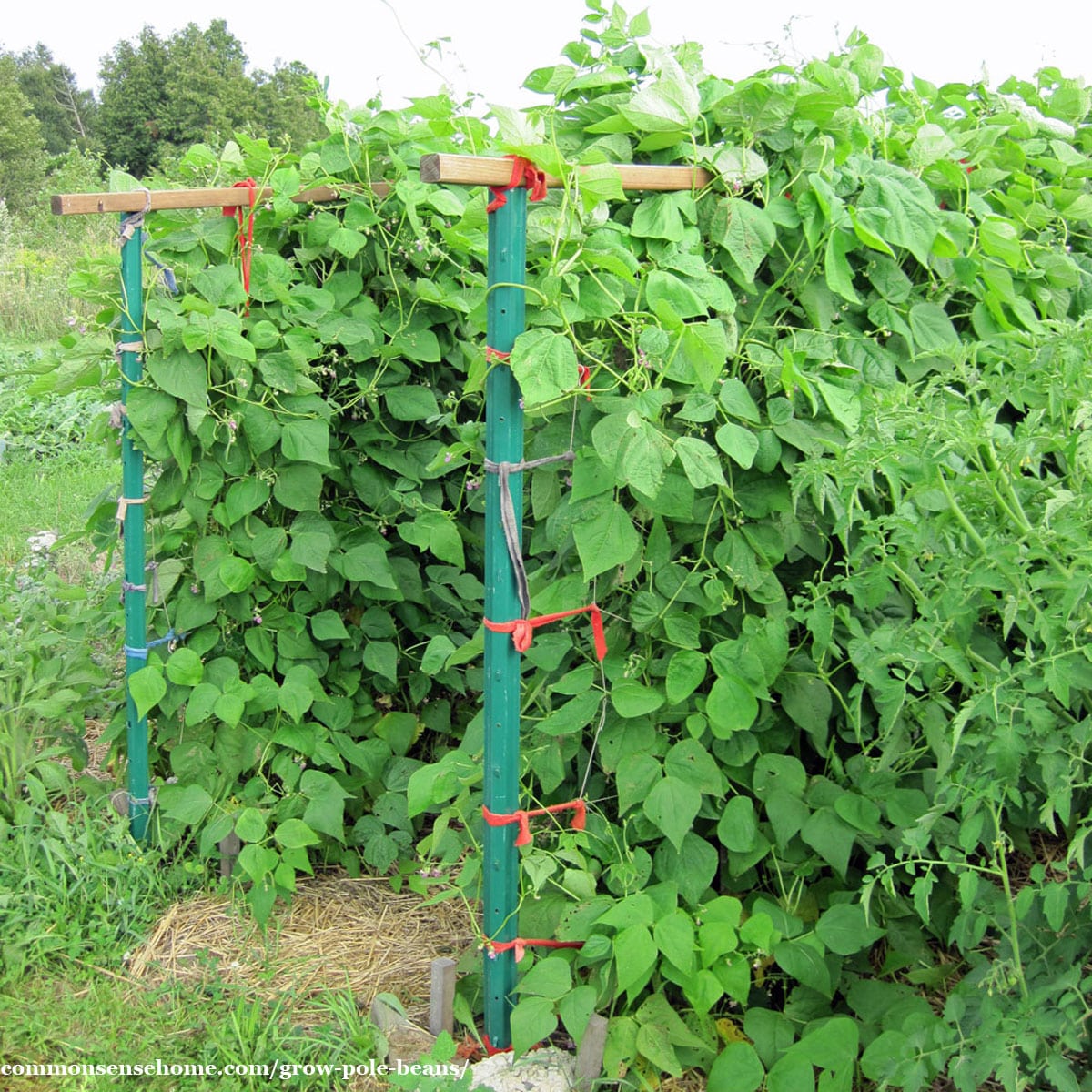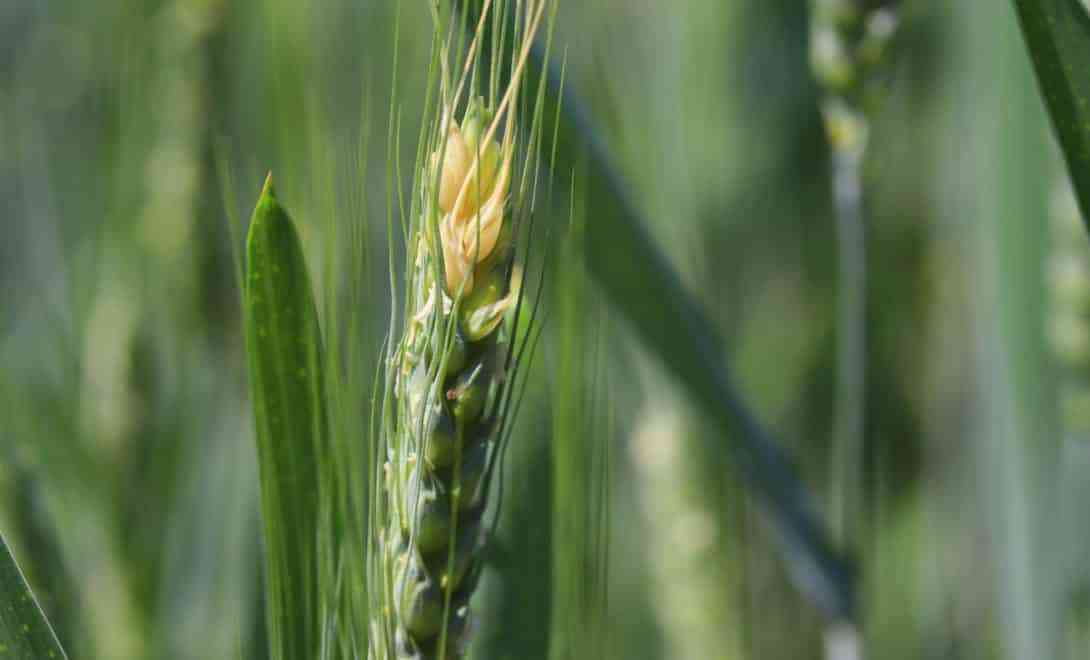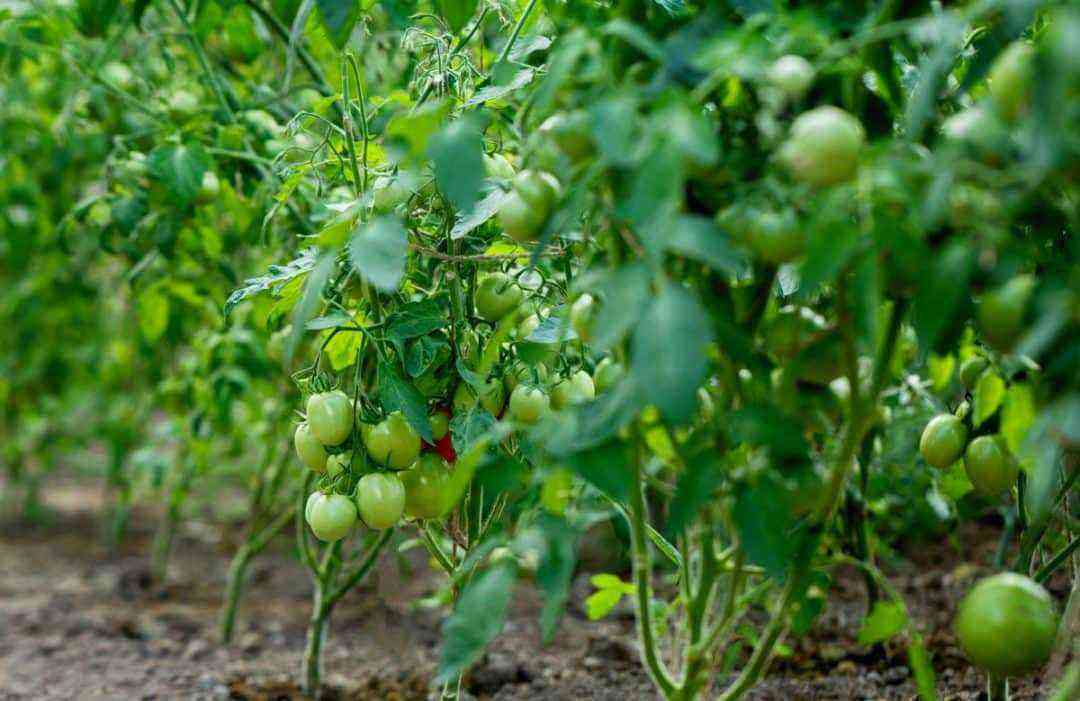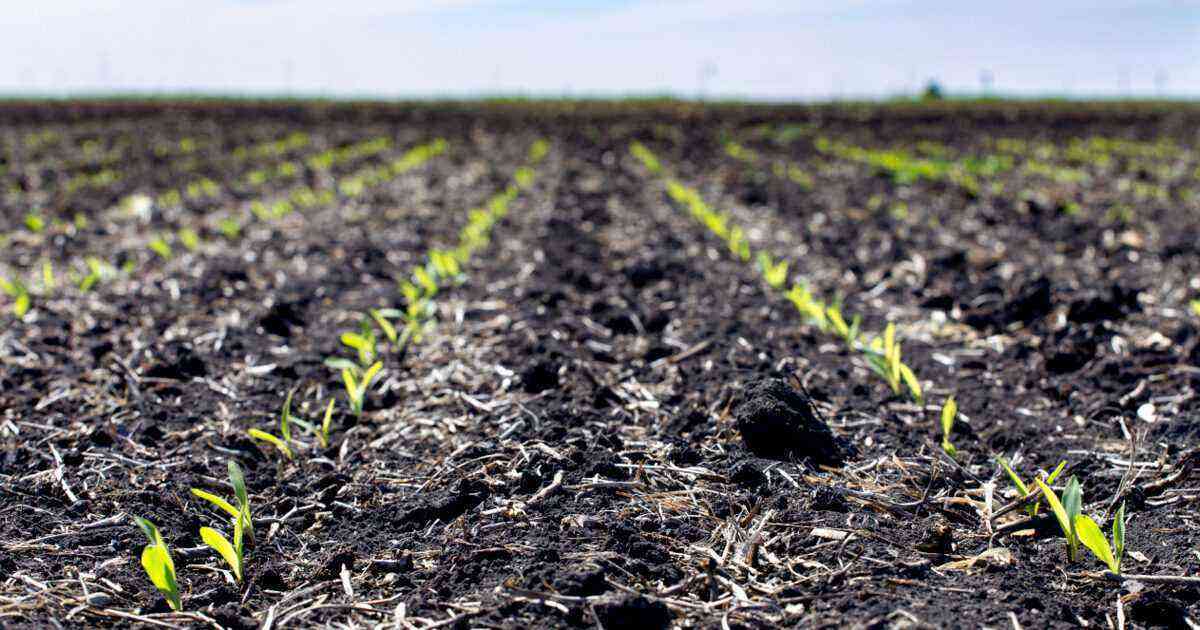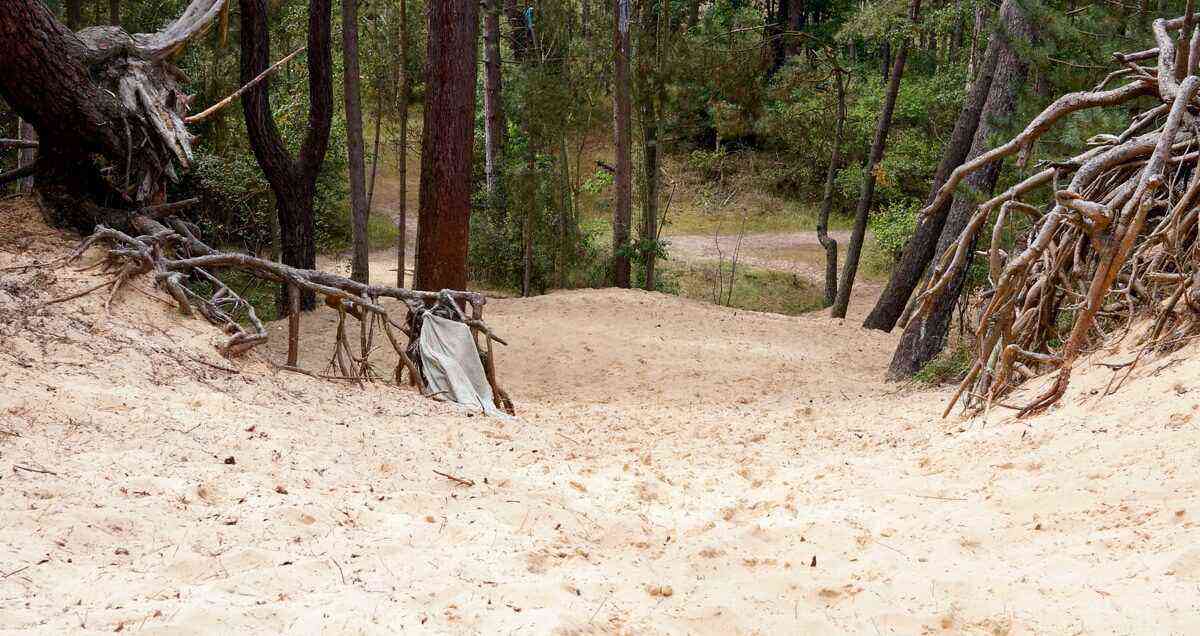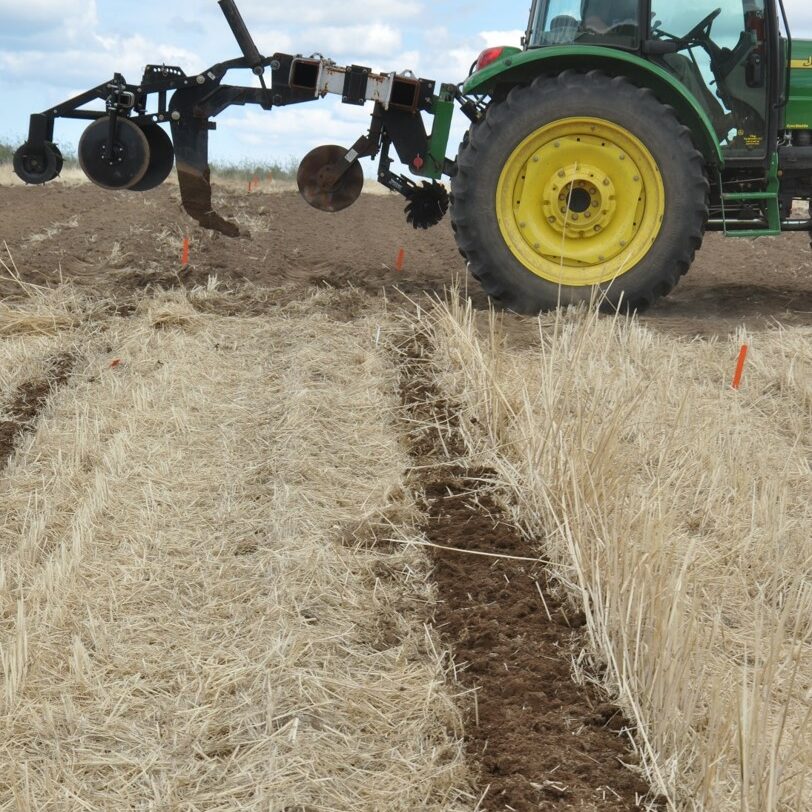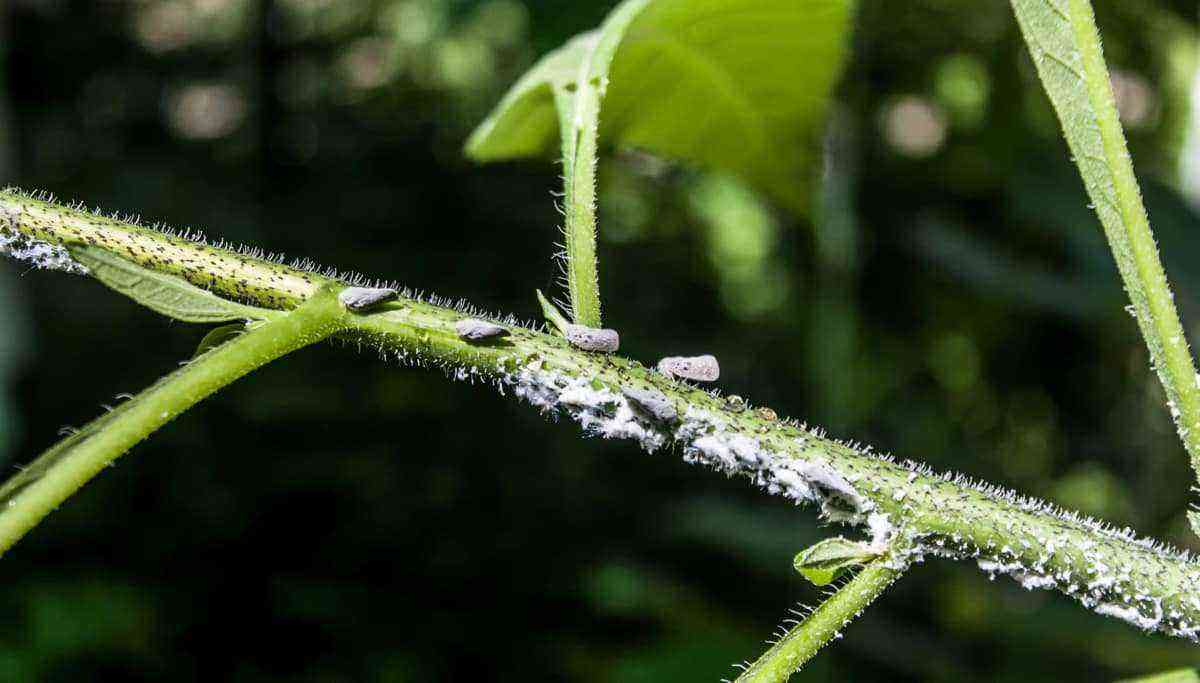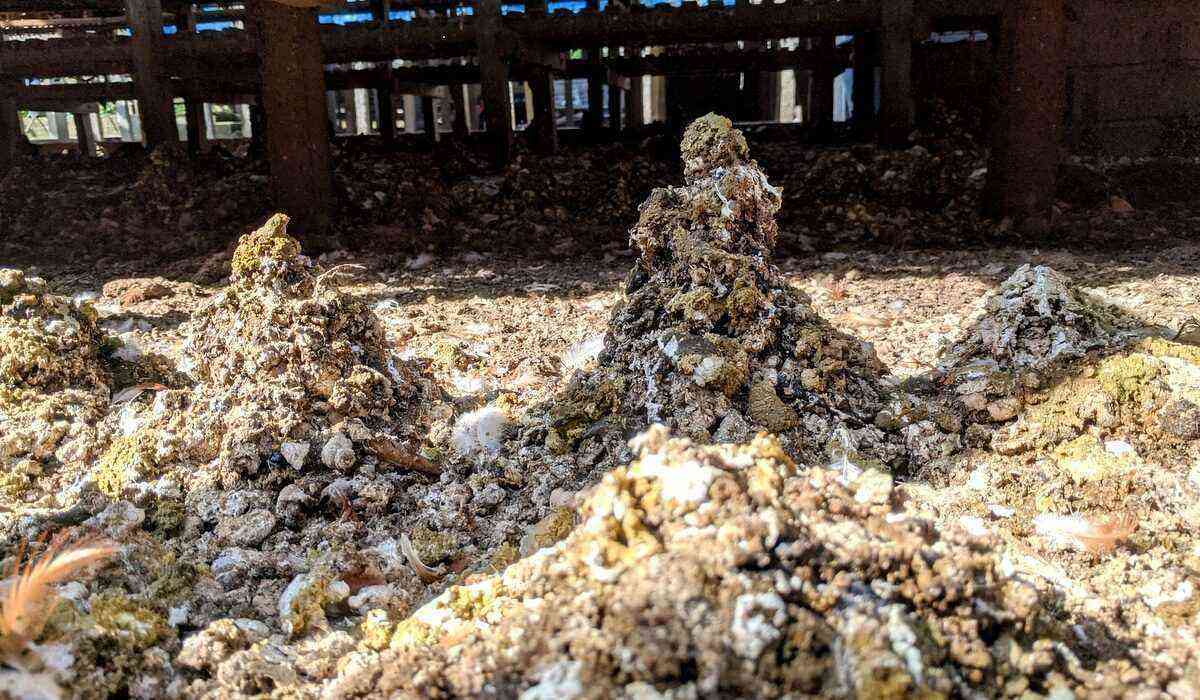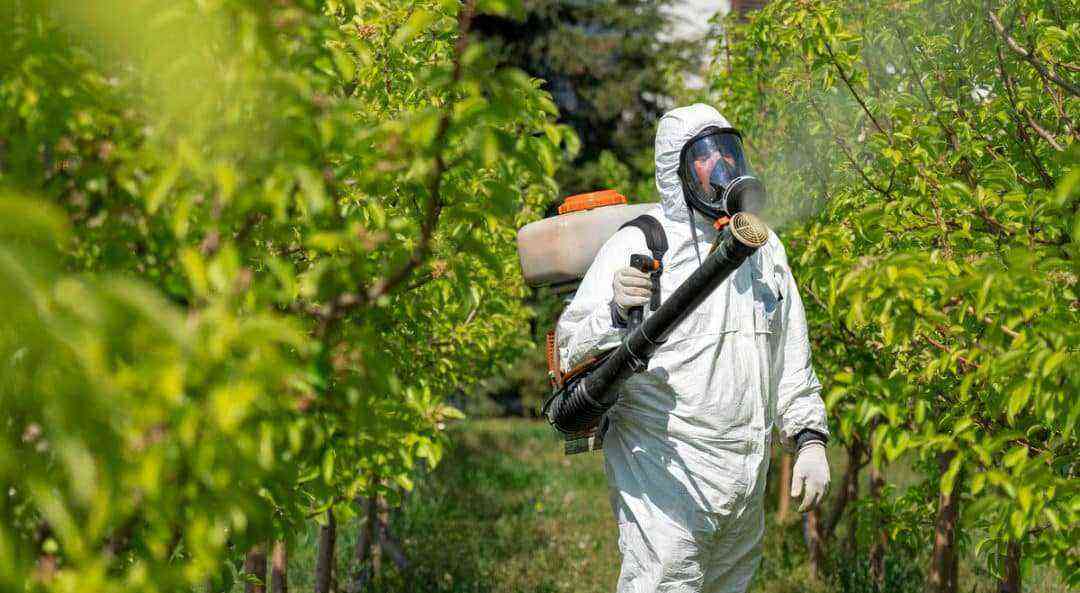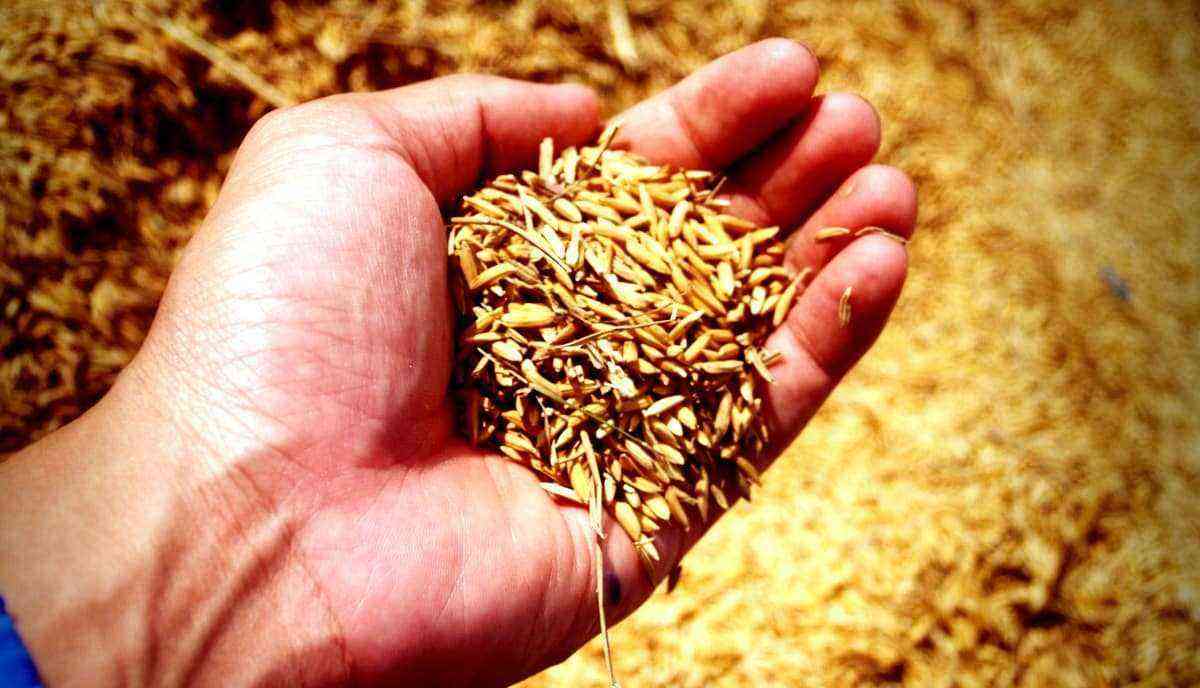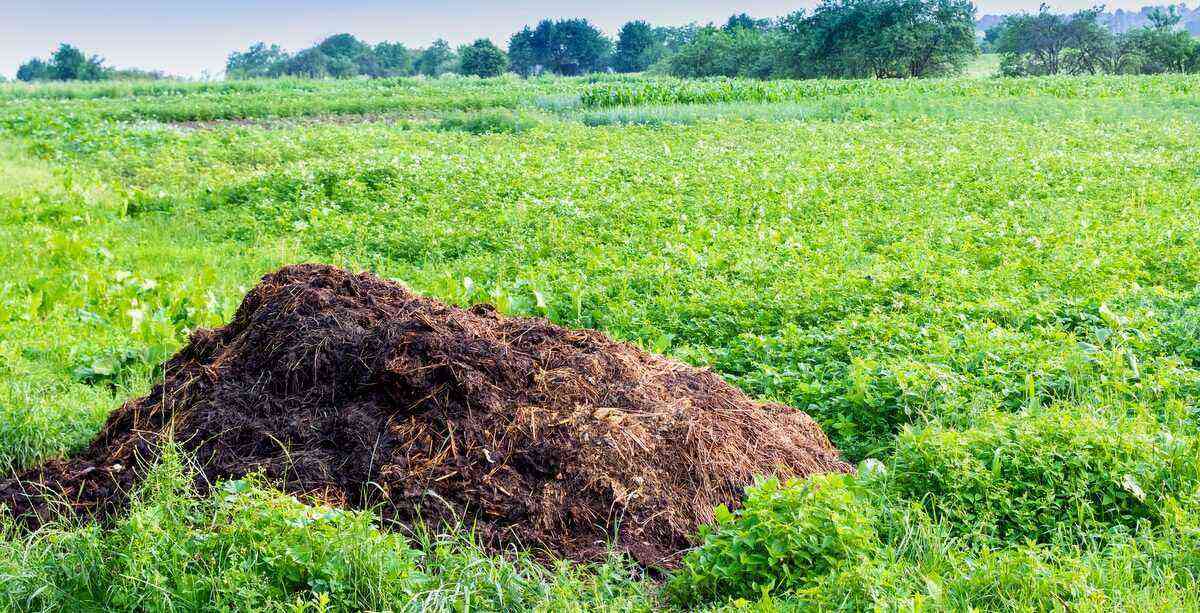In times of social isolation, caused by the Covid-19 pandemic, people are spending more time at home.
But after four months many people have done everything, internet, TV, reading books, cooking and playing with their children or animals.
But, How about making a vegetable garden and harvesting fresh food? It’s a relatively simple activity and a real therapy!
The home garden can be made in small spaces or even in pots, especially if you live in an apartment or have little or no space for a backyard.
The important thing is to have good natural lighting and prepare the land well. We will also give tips for those who like fruit trees. Did you know that you can plant them in pots?
Starting your vegetable garden at home
Before knowing our step-by-step guide, you need to decide whether to plant your vegetable garden from seed or buy ready-made seedlings that will only be transplanted to the chosen area.
If you opt for seeds (they can even be found in supermarkets or in stores that sell agricultural products), there are those that are planted definitively, that is, they do not need to be transferred to another area (such as carrots, parsley and zucchini); and those that need to be transplanted (lettuce, onion and tomato, for example).

Seeds or seedlings, and why not do both together, as in the garden above
Another important tip is to look at the instructions on the bag of seeds or even when buying a “ready seedling”, if the chosen vegetable can be planted all year round or in more specific periods.
It’s just that the success of making a vegetable garden at home is related to the right time of planting, that is, they are the right options for winter, autumn, summer and spring.
Whether herbs, vegetables, vegetables, spices, legumes, fruit or ornamentals, each plant is different from the others in terms of the type of soil and temperatures it prefers for its development.
Also read: Types of Basil: see the main ones and their benefits.
Local da horta e preparation do solo
The garden bed can be prepared in vases, planters (ideal for apartments or houses with little space and can even decorate the environment) and also crates or styrofoam boxes, which can be decorated.
Incidentally, the location chosen is also important. Whenever possible, find a place in your house or apartment where plants can get sunlight for 5 or 6 hours a day, as well as being protected from the wind.

Pot with planted parsley positioned in a sunny spot
Then, another important step for the success of your garden is to prepare the soil correctly. This should occur both in the garden and in the vases or other object you have chosen.
It must be fertile and “fluffy” so that nutrient input coincides with root system growth and nutrition. In a “hard” land, the plant will hardly grow vigorously or bear good fruit.
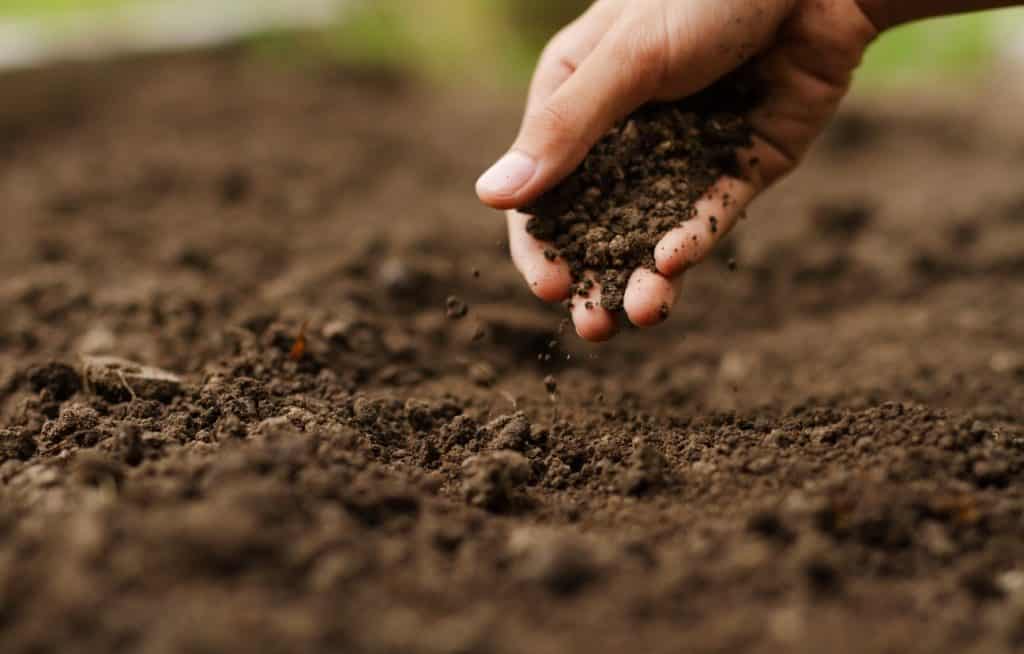
Soil characteristics will be essential for plant growth in your garden
Use organic fertilizer before planting vegetables. It can even be done at home. Inside a plastic bucket, put mixed vegetable scraps or coffee grounds with soil, dry leaves and sawdust.
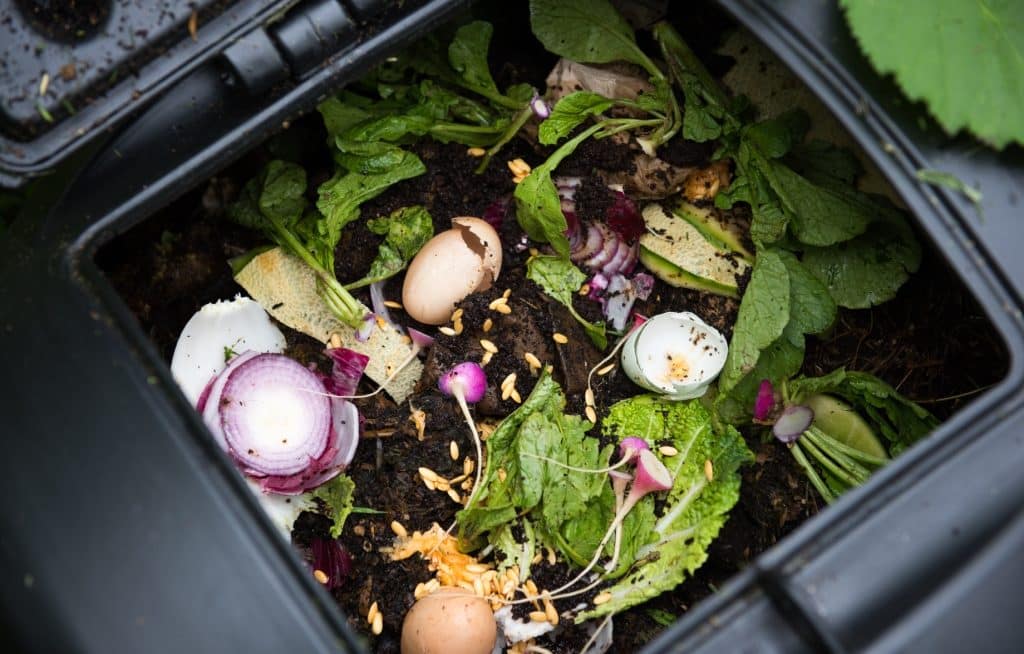
At home, we usually have a lot of material that would go to the trash and that can become compost.
In a few weeks your compost will be ready, which will be very important for a soil richer in nutrients.
If you don’t have time to prepare this substrate, just look for a specialized store and buy the ready-made fertilizer or even the land itself already “prepared” for planting.
Sowing
If you are going to grow your garden at home using seeds, you need to make a “seed” which can be a wooden box, PET bottle, a milk or egg carton, but also have special fiber trays and pots for this.
Place soil, preferably sifted or broken up with your hands (no clods) in the container. Mix the soil with an organic fertilizer.
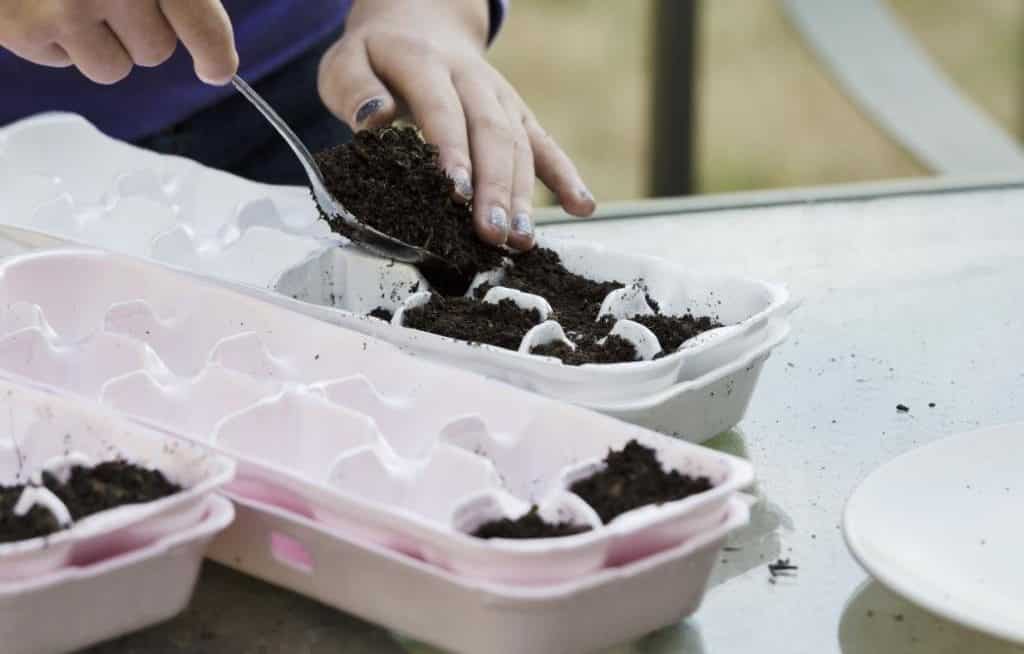
It is important to place the soil without clods in your sowing
The area needs to be very uniform and compacted, but without applying too much force (you can use a piece of wood).
Make small slits using a stick or even a pencil. These little holes are where the seeds will be placed. The distance between them should be between four to five centimeters.
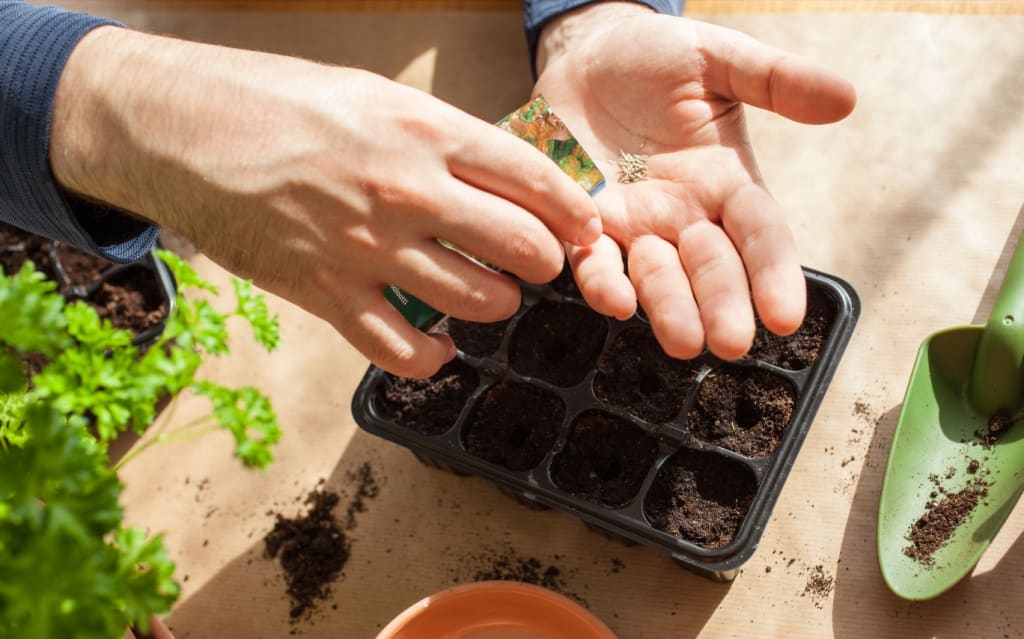
Plant the seeds in the correct quantity and manner according to the plant
The amount of seeds per hole depends on the variety chosen. Varieties such as lettuce or peppers, use three seeds. Already parsley and chives, on average eight seeds.
After you have deposited the seed, cover it again with a small amount of soil (some of that substrate you made for the defined area (an area in the garden or in the pots).
Being at home, I commit the habit of watering the seedbed in the morning and in the afternoon.. Don’t forget to make a hole in the bottom of the pots so that excess water can escape.
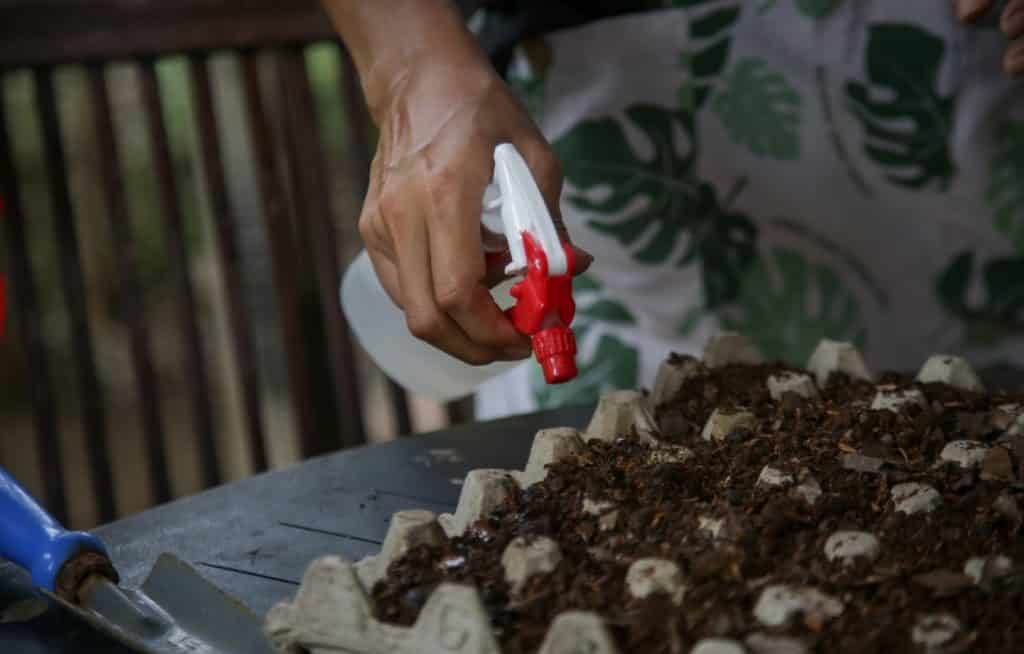
Water the seedbed frequently with a spray bottle.
Usually after about 30 days the seedlings will be ready to be transplanted to the future garden.

Check the growth of plants and be aware of the ideal time for transplanting
Just up to this stage is already a real therapy at home. You gave “life” to a small pile of seeds. This feeling is very pleasant!
Watch the video below from the channel “Cantinho de casa” with more tips for planting lettuce in egg cartons:
Transplanting the seedlings
To transplant the seedlings to your garden, you must observe some details that indicate that it is the ideal time. Observe if the seedlings have an abundant root system (giving consistency to the clod), if the plants are vigorous and without disease symptoms.
Check if it has 4 to 6 definitive sheets and from 7cm to 10cm in height. This is all in approximately 25 to 30 days from sowing. This time varies according to the species and agroecological conditions.
Eliminate the weakest seedlings or those with unwanted symptoms. Also, “past” seedlings should not be transplanted, as they will give rise to late adult plants with lower productivity. Choose only the most luscious.
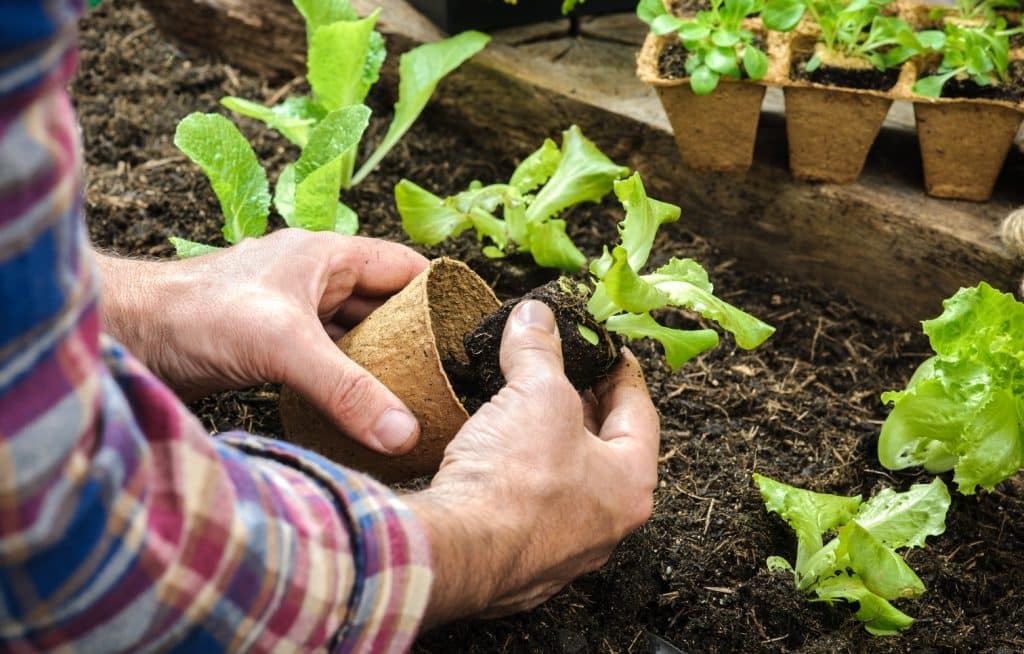
Transplant only the best seedlings for your garden
The ideal time of day for transplanting is before dusk, when the temperature becomes mild and there is no incidence of intense, direct sunlight.
amount of water
Your home garden will be successful if watered correctly. The soil must be kept moist, but never soggy, so that the proliferation of fungi or bacteria does not occur. If there is no water, the plant will not produce. If it wilts, be aware, it may be lacking moisture.

Ideal water is always a matter of common sense, neither too much nor too little
The ideal is to water it once or twice a day with a spray bottle, especially at the beginning and end of the day, when the sun is weaker, avoiding the burning of the leaves.
A good amount of water helps in the development of the roots of the plant that explore the substrate, obtaining more nutrients.
Leafy vegetables, such as lettuce, need more water, as do tomato plants, especially during the vegetative growth season. Aromatic plants like rosemary, not so much.
Cultivation
Even when growing at home, vegetable gardens or fruit trees are not immune to attack by pests such as aphids, caterpillars and slugs. The best thing is prevention.
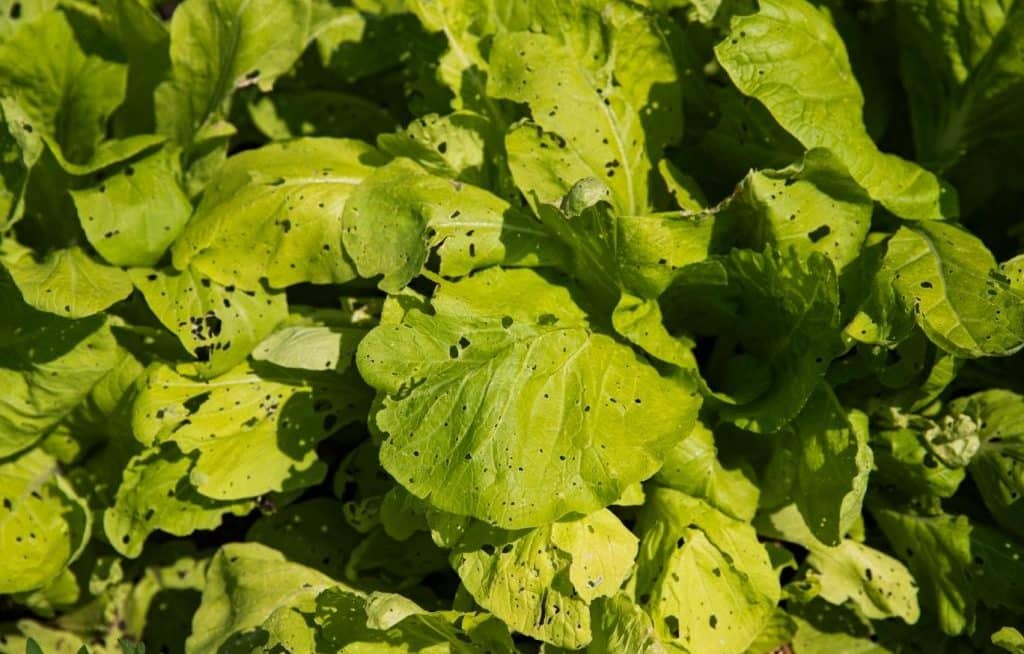
Prevent the infestation from occurring in your garden
In an organic garden (without the use of pesticides), mint tea, sprayed on the plants, ends up protecting them against insects, such as ants. In the case of fighting aphids, you can use boiled “marigold” (turns into a broth).
So always be on the lookout. A simple “butterfly” landing on arugula trees, for example, may be laying eggs that turn into caterpillars, eating everything in front of them.
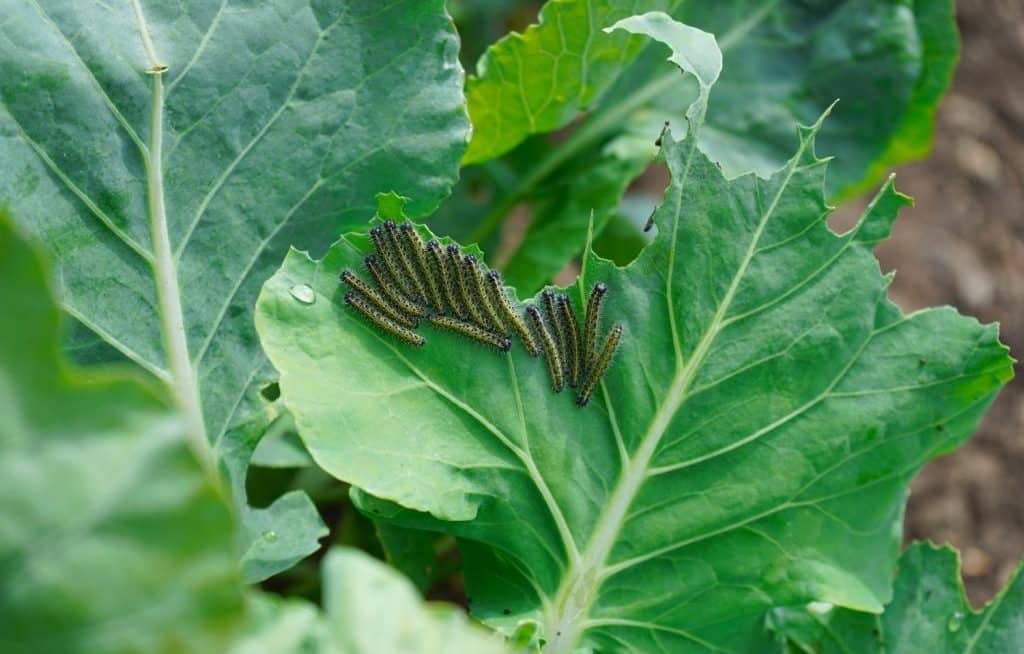
If you are not careful, the caterpillars will soon devour your vegetable garden.
What to plant?
If you’ve made the decision to become a “home gardener”, you need to choose what you want to plant.
Here are some tips:
Lettuce
- How to plant: can be planted in seeds directly in the definitive location or transplanted later
- When to plant: mild weather seasons (such as spring and autumn) are the most suitable. High temperatures can impede seed development.
- Harvest: You can cut the plant at the base, leaving about an inch of stem above the ground so the leaves can sprout again. It occurs between 2,5 and 55 days after planting.
Parsley
- How to plant: in containers with at least 30 cm of depth, to favor the development of the roots.
- When to plant: mild weather seasons (such as spring and autumn) are the most suitable. High temperatures can impede seed development.
- Harvest: can be done, on average, two to three months after planting. The leaves must be harvested whole.
cherry tomato
- How to plant: in seeds and, if you prefer to transplant, do so when the plants reach approximately 10 cm in height.
- When to plant: The best time to plant cherry tomatoes is in early spring.
- Harvest: it can be done between 60 and 70 days after planting, when the fruits are ripe. If the weight of the fruit starts to bend the stem, use a stake to support the plant.
Carrot
- How to plant: in deep, light soil, free of stones or other debris. The seeds must be planted in the final location.
- When to plant: ideal is in times of mild weather. Avoid planting on very cold days or with very high temperatures (above 30º C).
- Harvest: can be done two to four months after planting, depending on the species of carrot. Irrigation should be frequent, always taking care not to soak the soil.
If you’re more interested in growing spices, check out how to grow cilantro and basil.
Fruit trees
But, it’s not just vegetables that can be grown at home. It is also possible to opt for fruit trees grown in pots.
Anyone who thinks they need a huge backyard to be able to have some of these amazing fruit trees at home is wrong.
Just take care of them with great care, irrigate them and don’t forget about fertilizers, whenever I need to. They are easy to maintain.
An important tip is that these plants need many hours of direct sunlight daily. In addition, the pots need to be at least 20 liters and at least 40 centimeters in diameter.
The larger the pot, the more fruit trees will have room to grow.
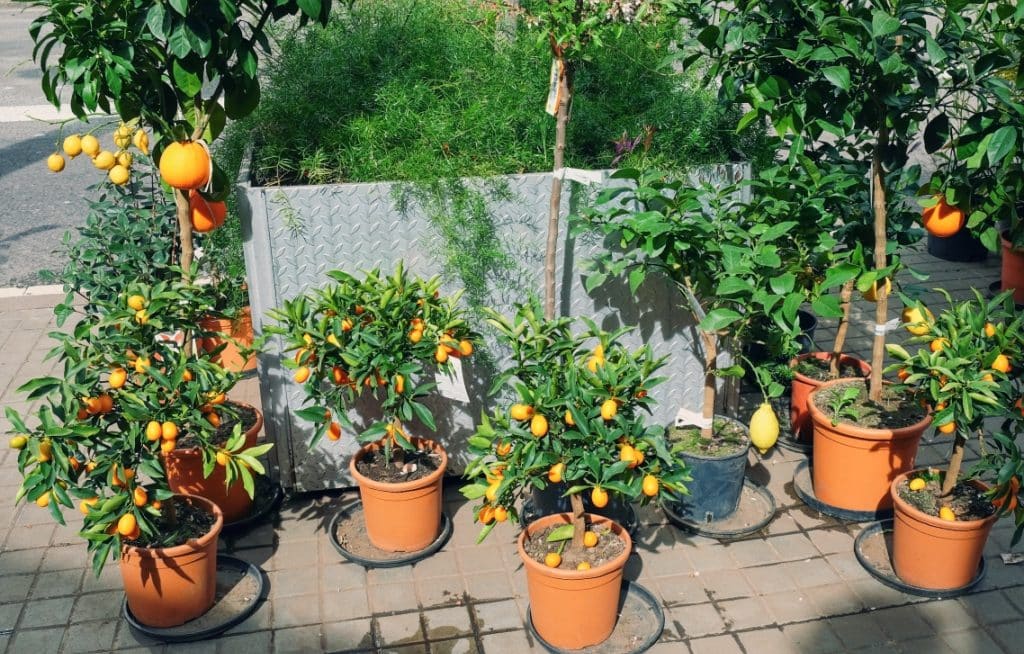
Various fruits can be planted in pots
Here are some examples:
Sleeve: although they are huge and resistant trees, so it is hard to believe that they can produce planted in pots.
Examples: Palmer (famous for the large fruits with smooth and juicy pulp), Tommy (sweet and with little fiber) and Espada (green skin even when ripe and fibrous pulp).
Jabuticaba: The hybrid jabuticabeira (unlike the grafted one) is small in size and can be planted in pots, gardens, backyards and orchards.
It is adaptable and grows well in regions with different climates, but the ideal is to buy it already producing because it can take up to 10 years to bear fruit.
Lemon: is the most rustic. In the case of planting in pots, it is necessary to choose productive varieties, preferably grafted and already producing, such as Sicilian and Tahiti.
Photos to inspire your garden at home
Creativity is a great ally and will make your garden look your way. There are people who prefer to make a discreet vegetable garden at home and others who prefer a real flower bed with several varieties of vegetables. See some photos for inspiration:
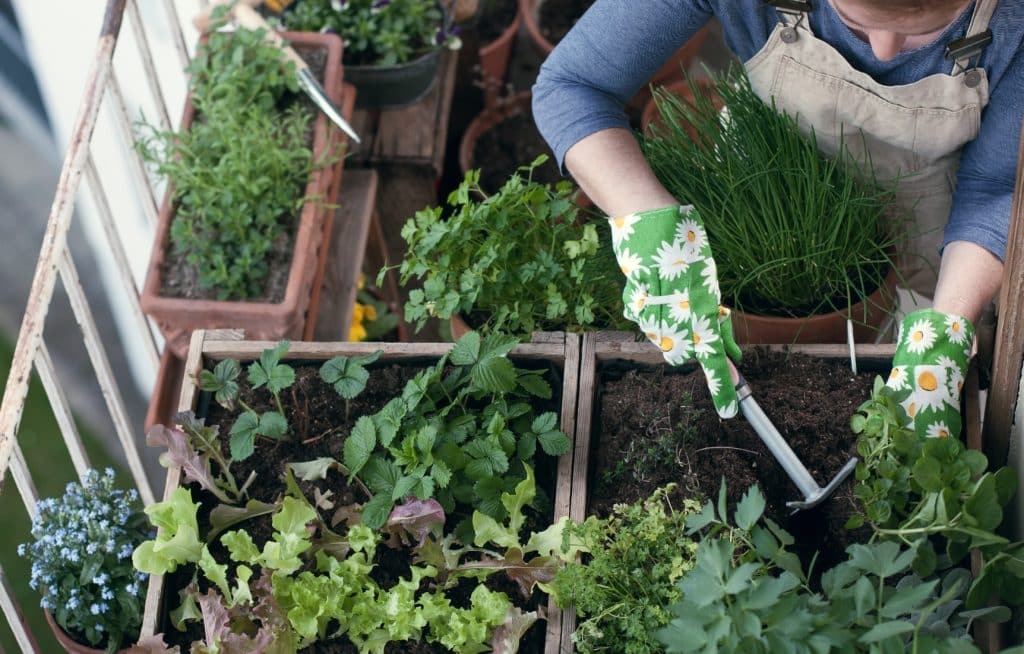
For those who like it a lot, you can make several flower beds on the balcony of your apartment.
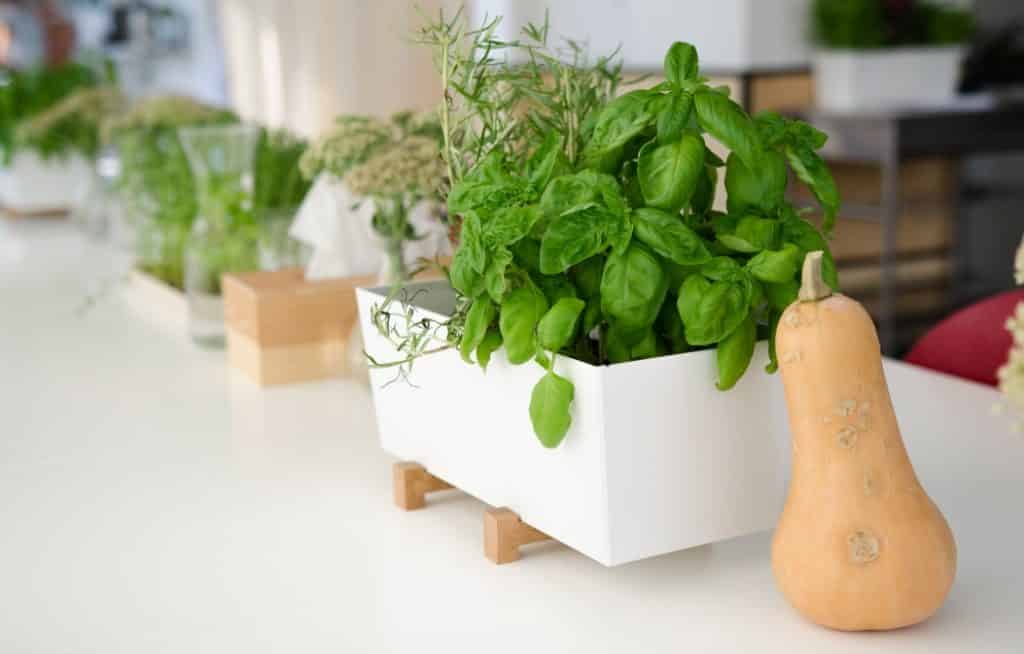
Those who are more discreet can have a vase with spices in their kitchen.
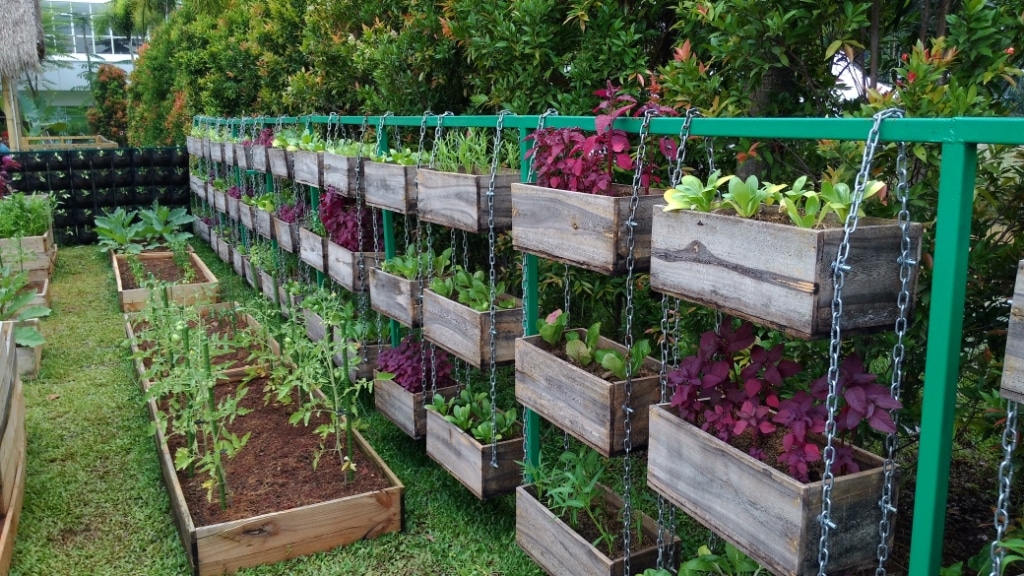
The lack of space at home can be solved with a vertical suspended vegetable garden

Large and small pots can be used in your vegetable garden.
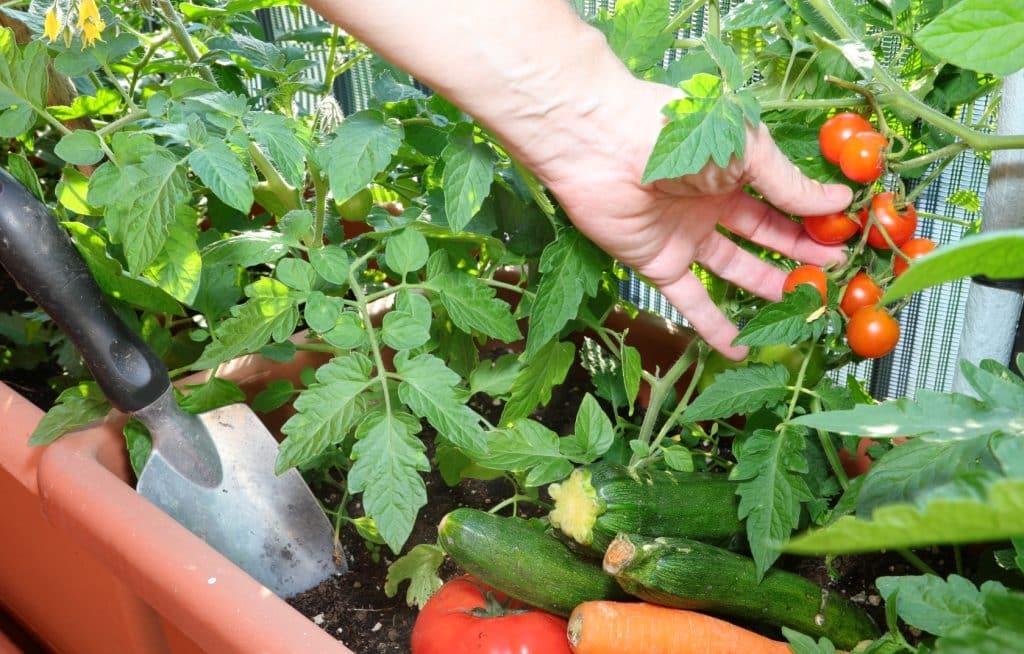
You can grow tomatoes and a huge variety of vegetables.
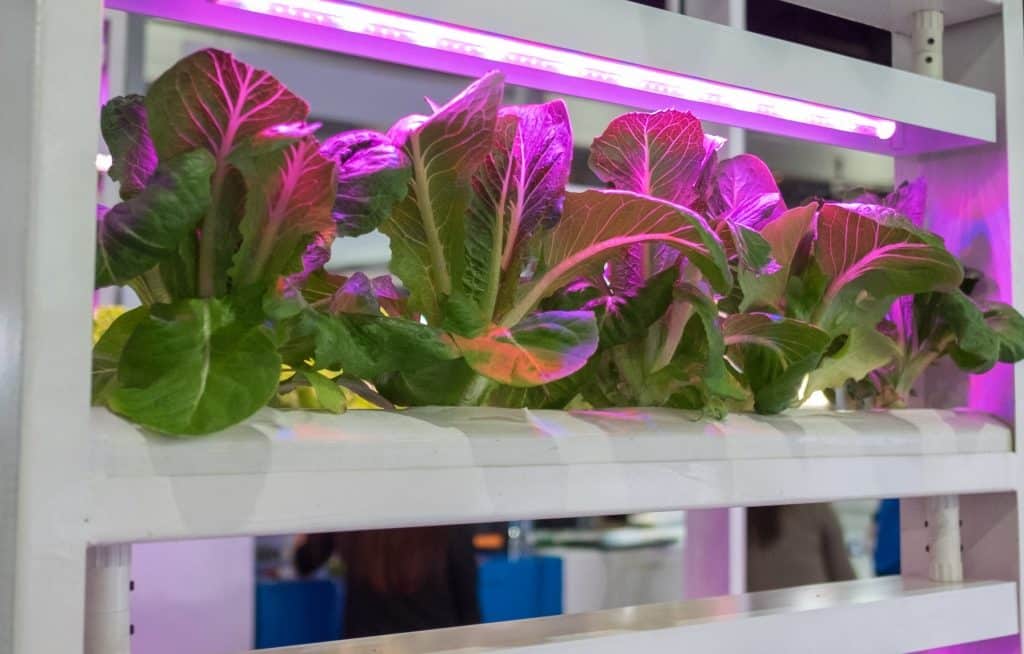
For those who do not have natural sunlight, you can use LED light that promotes plant development
Now that you know how to make a vegetable garden at home, how about starting today? On the MF Rural website you can find everything for your vegetable garden, fertilizer, pots, seedlings, seeds, sowing, tools and much more. Go here and type in the search what you are looking for.
So, get to work. Don’t just stand there! Having a vegetable garden at home is a pleasant, healthy and also economical habit. Plus it’s a lot of fun with the kids.
